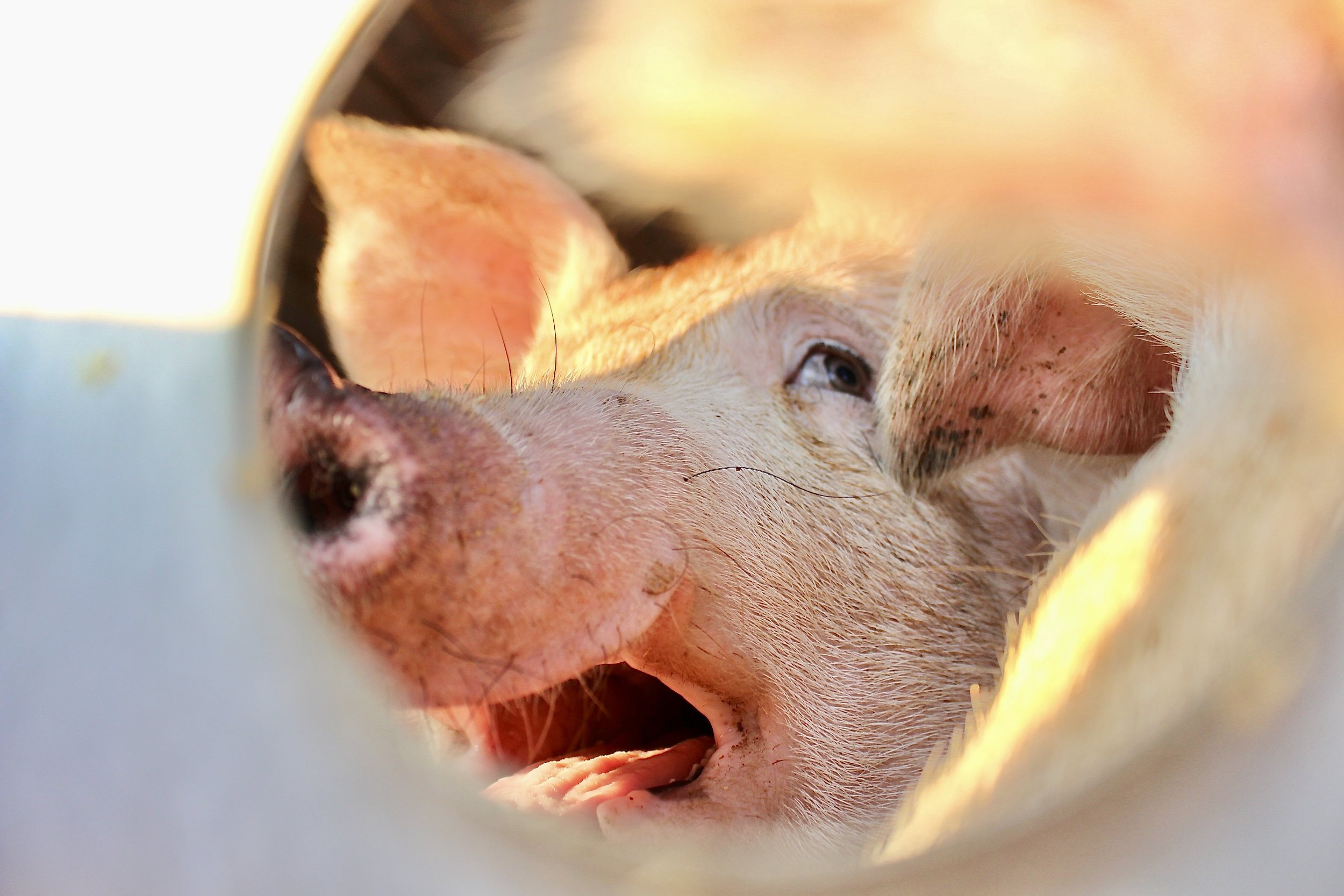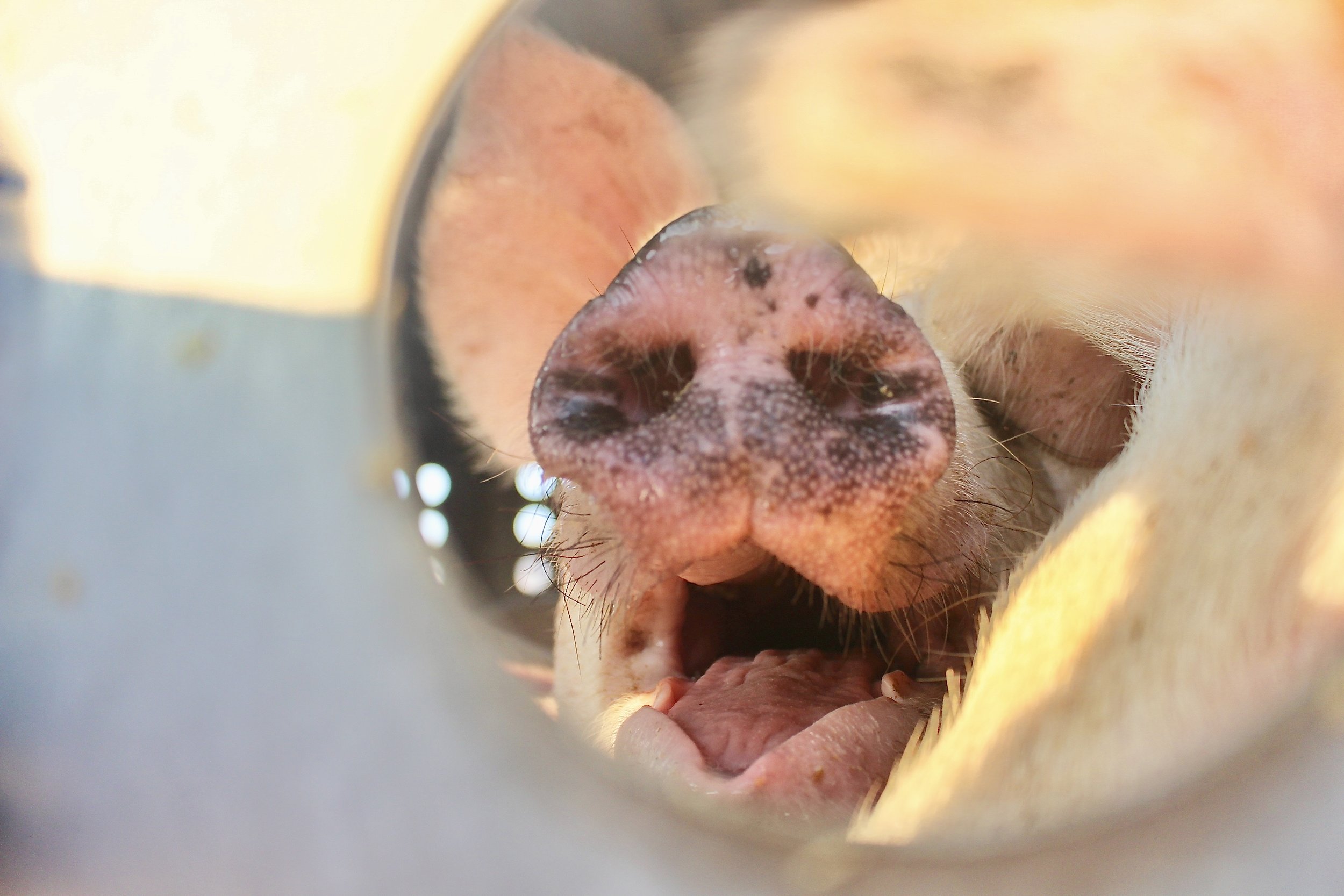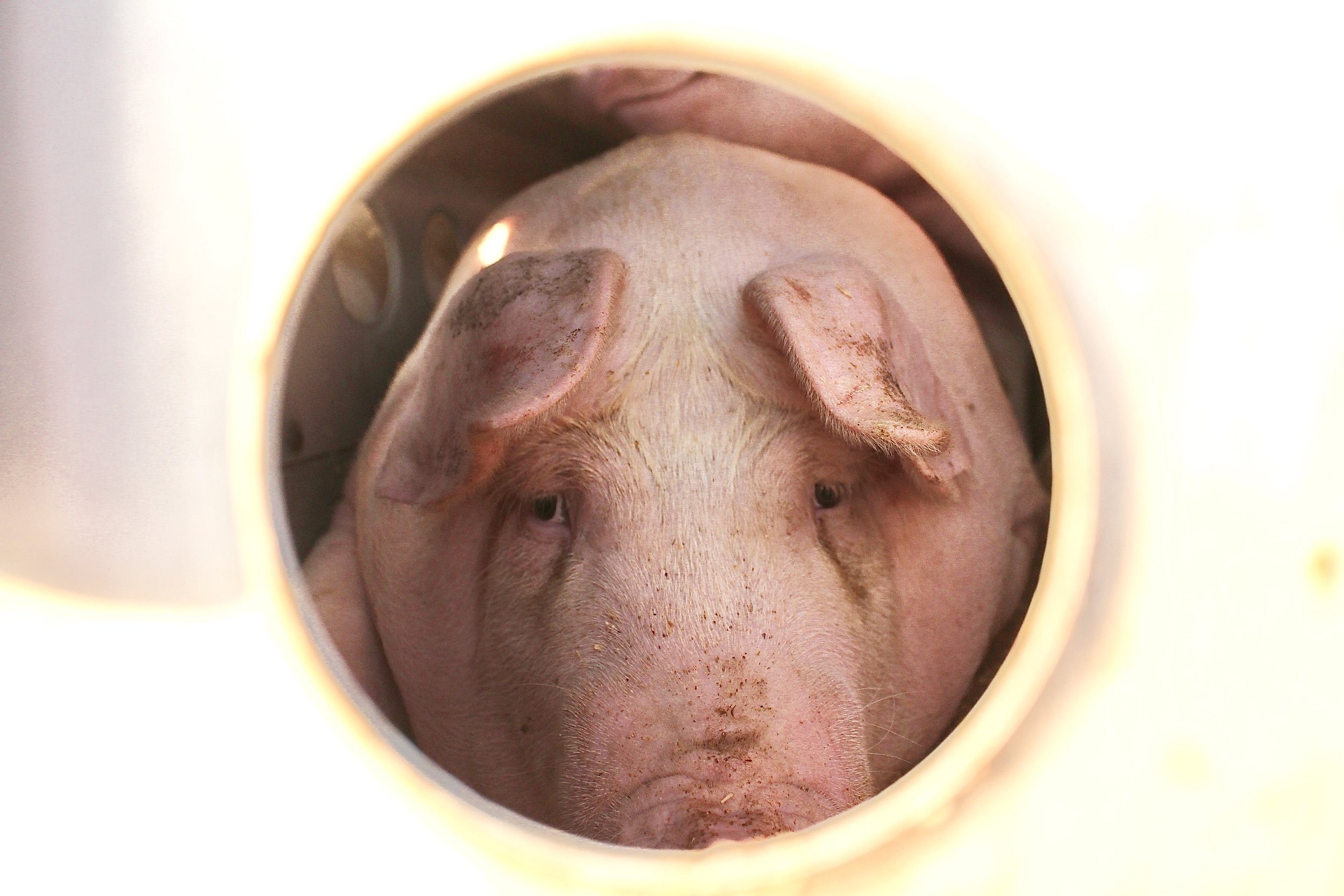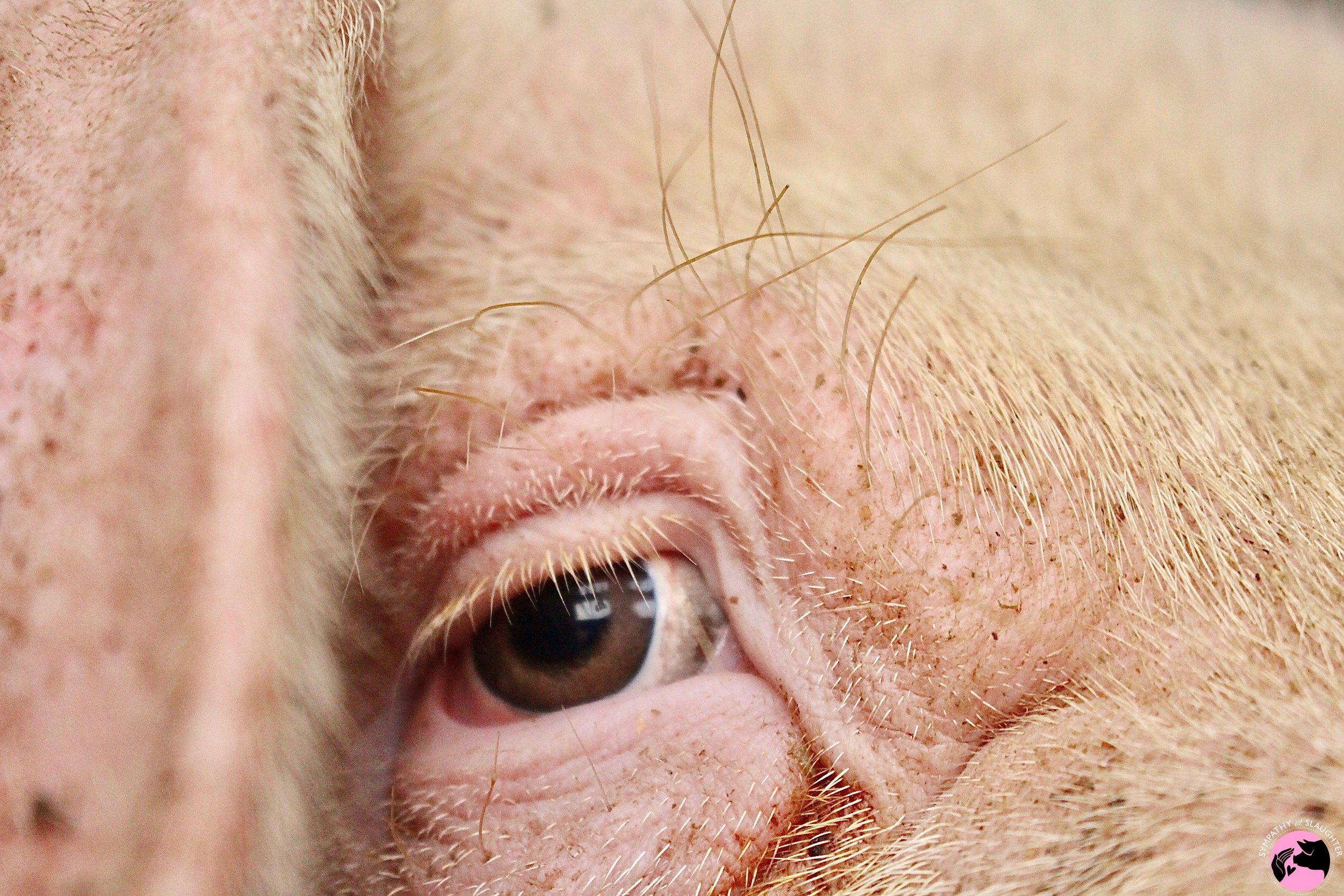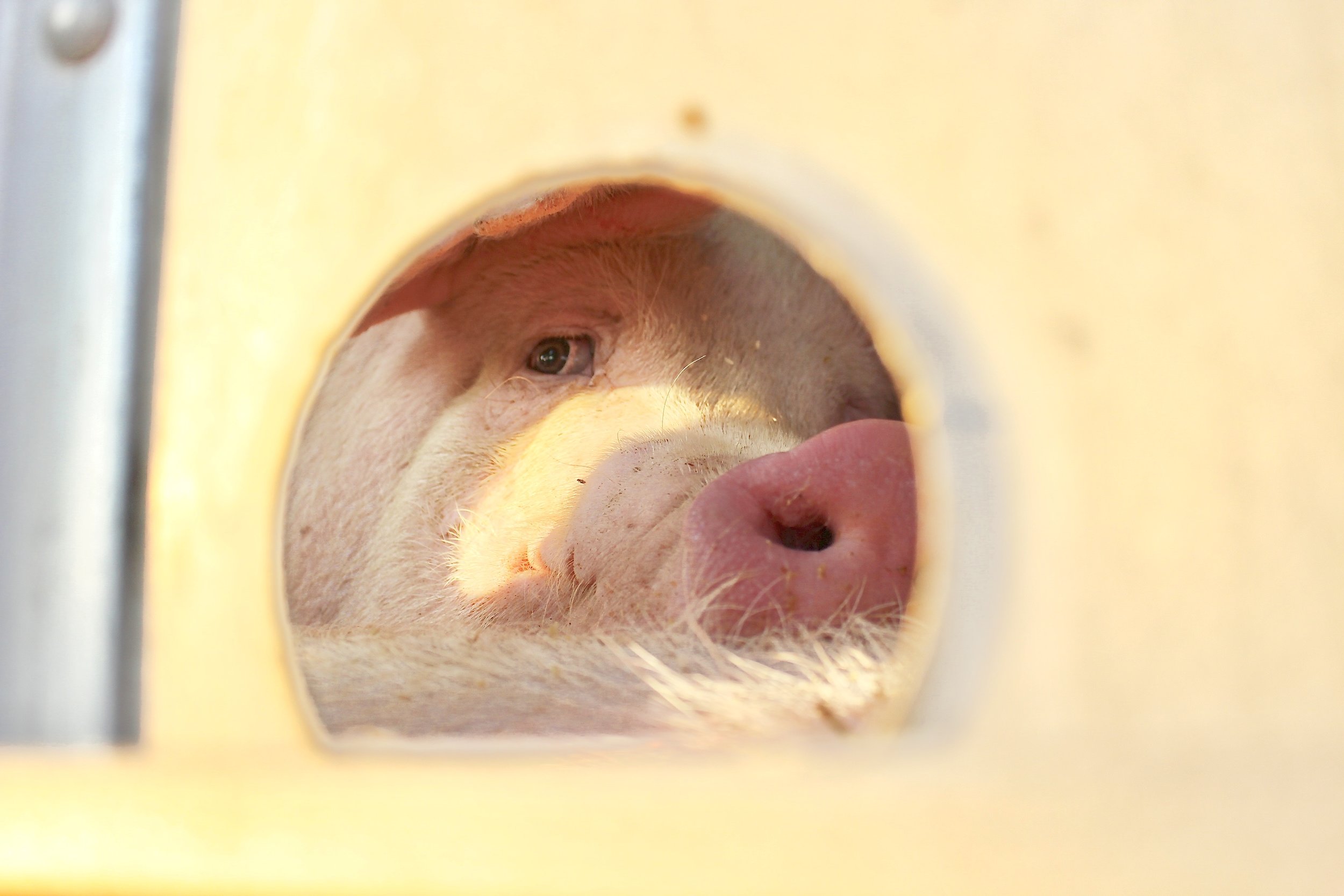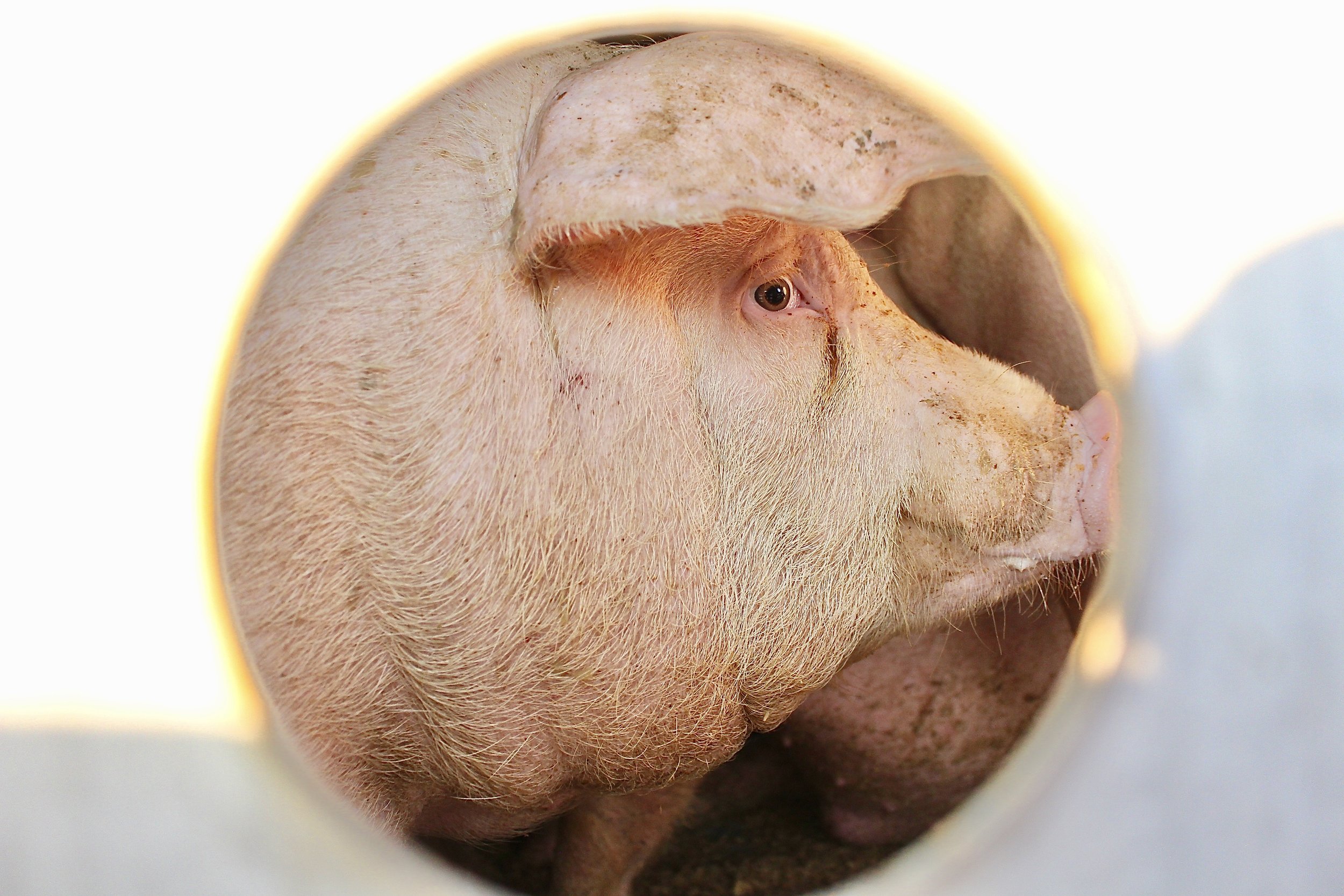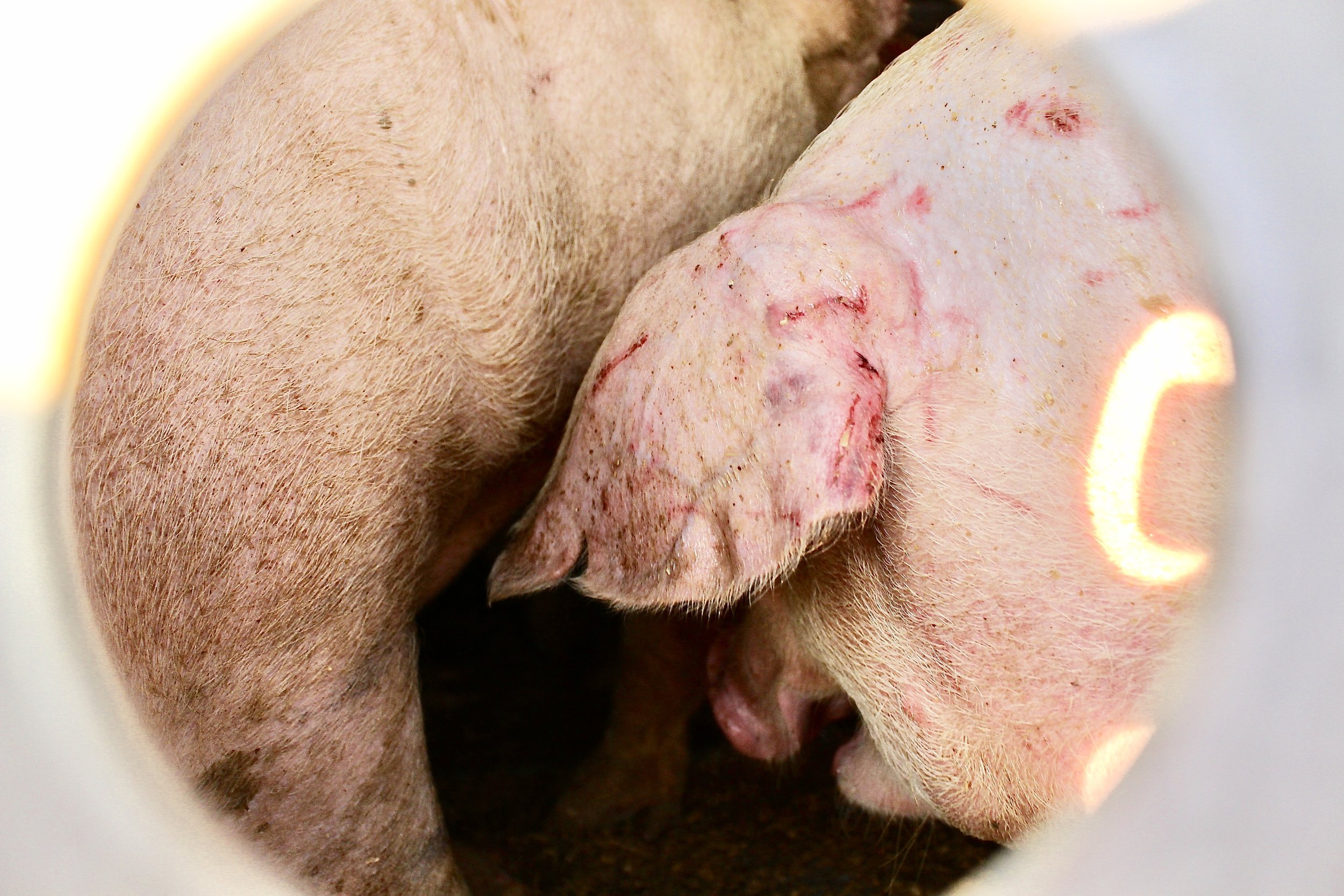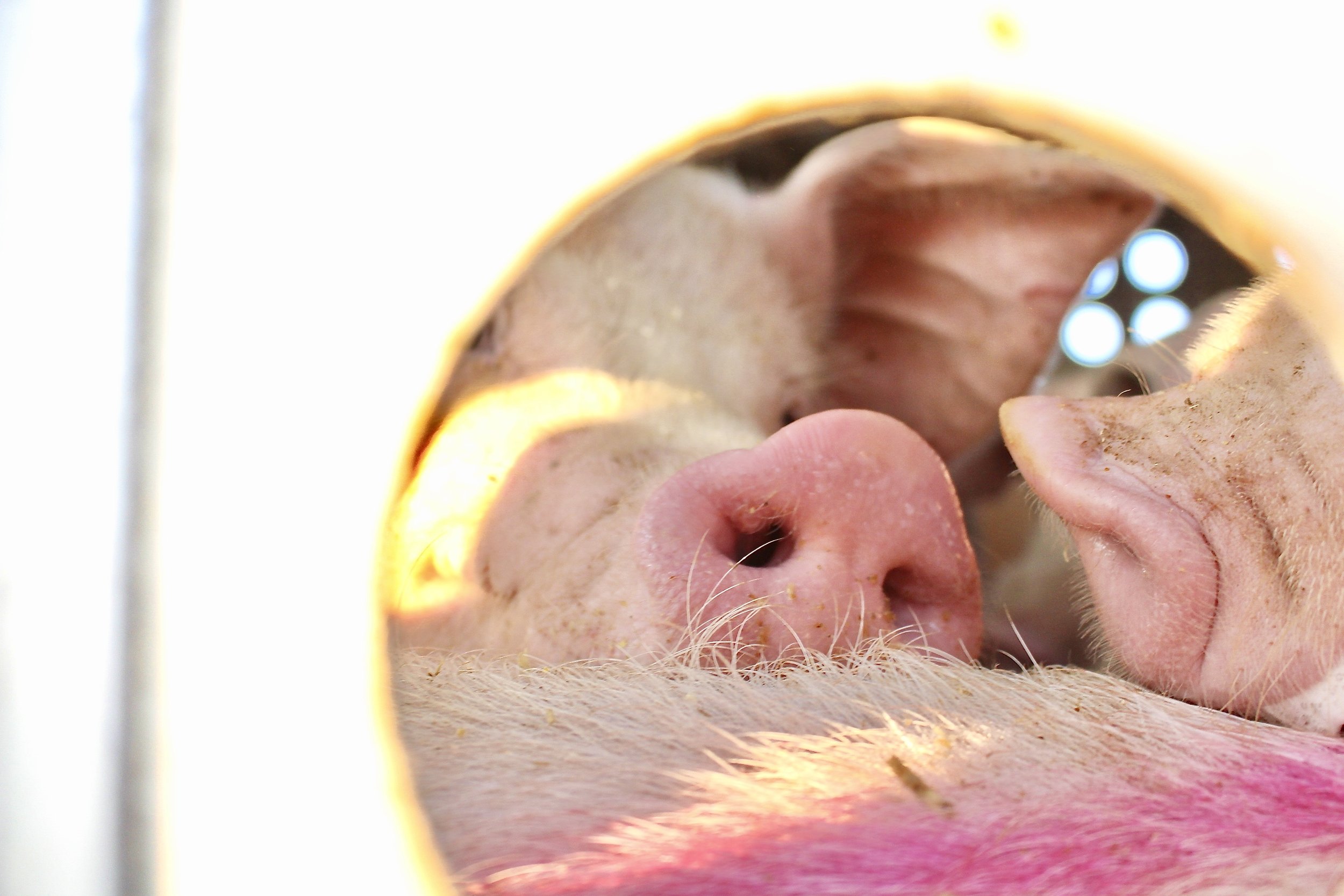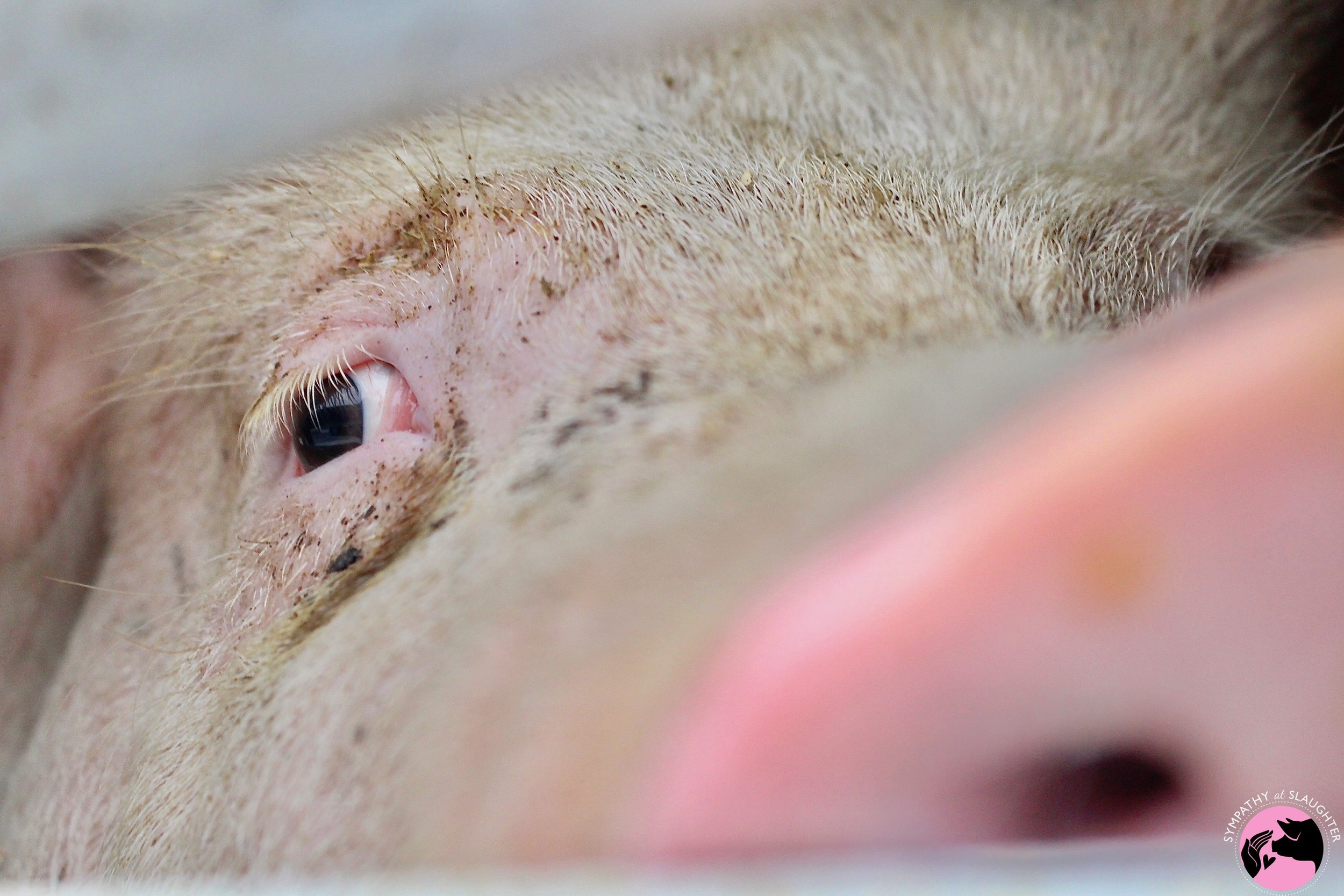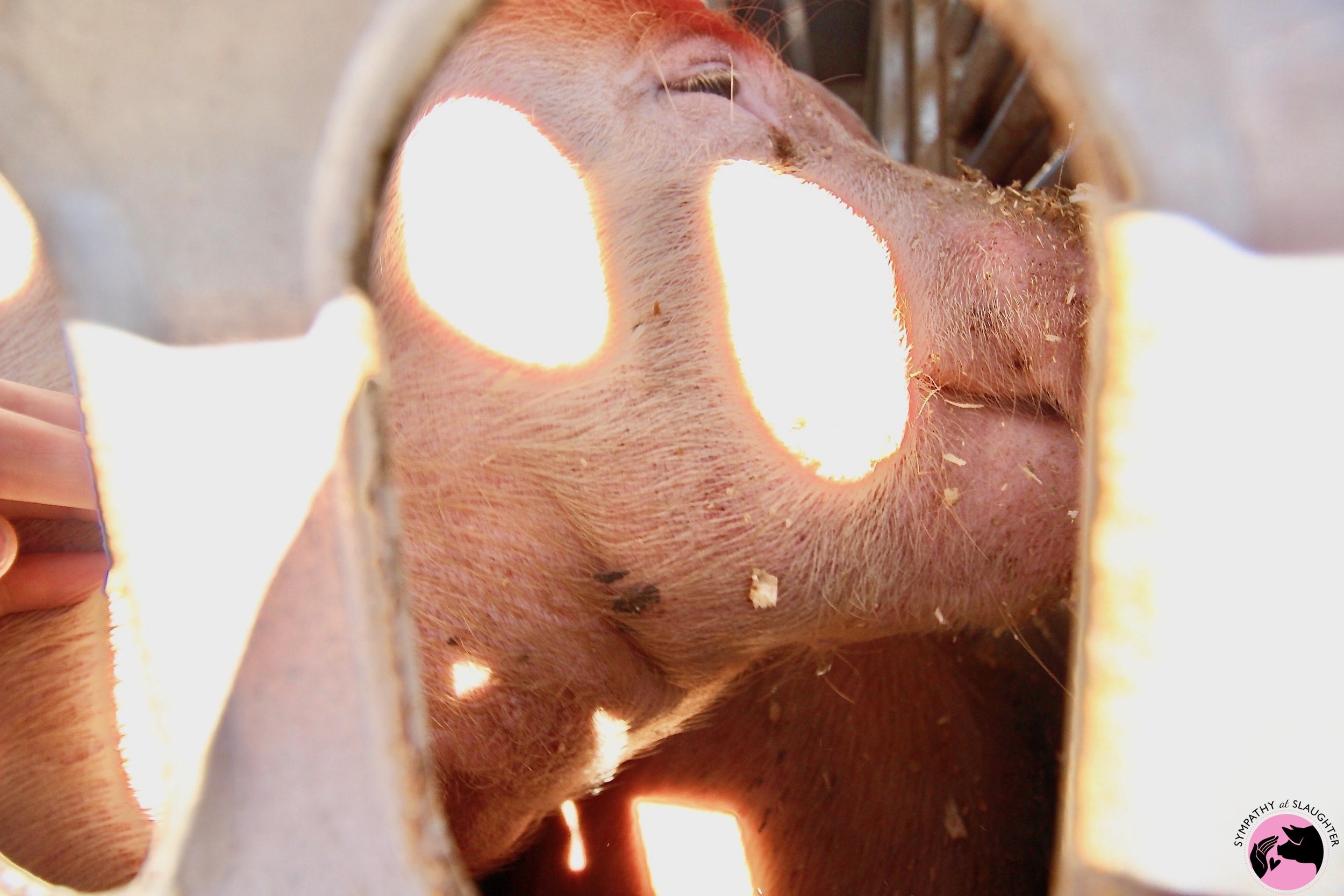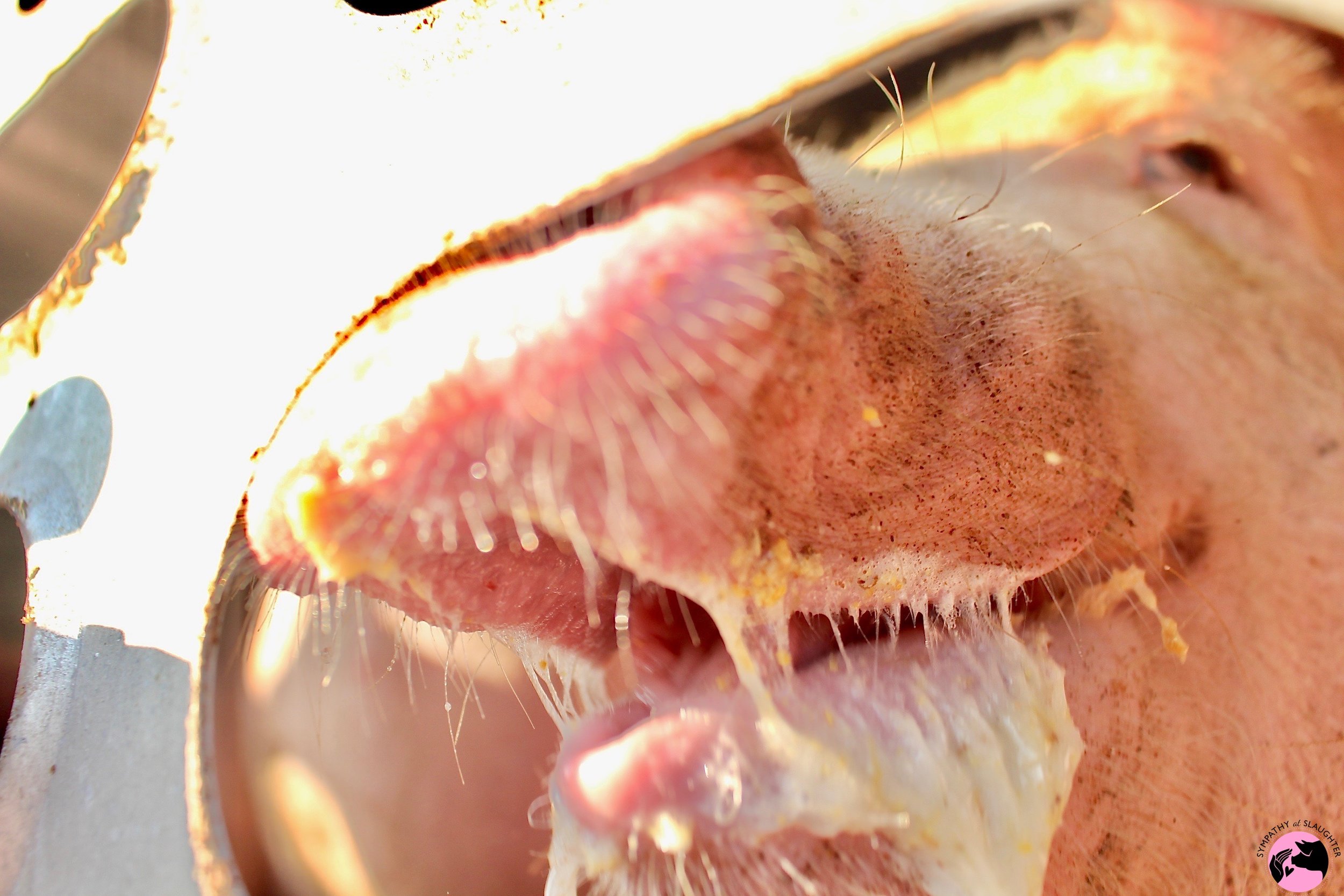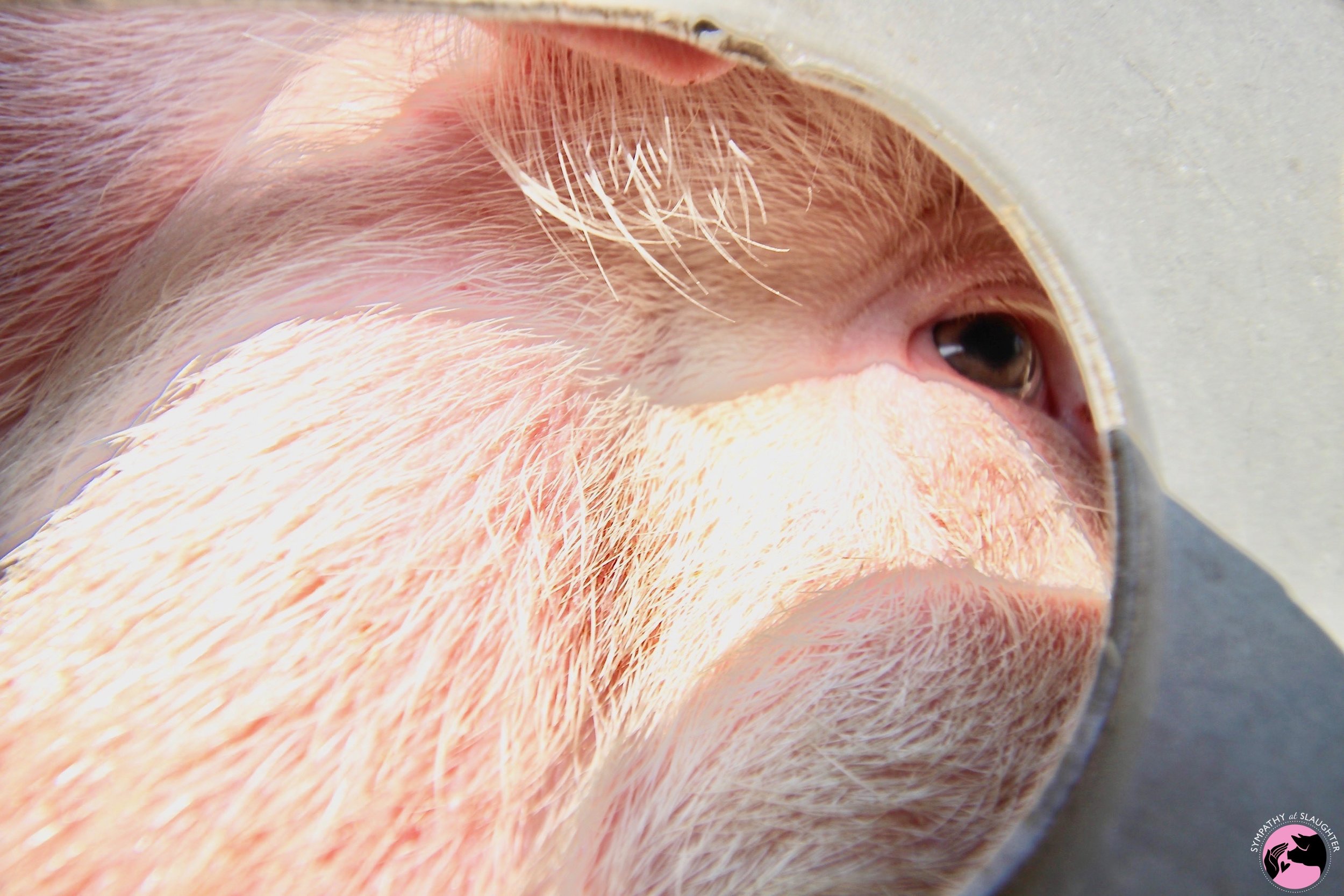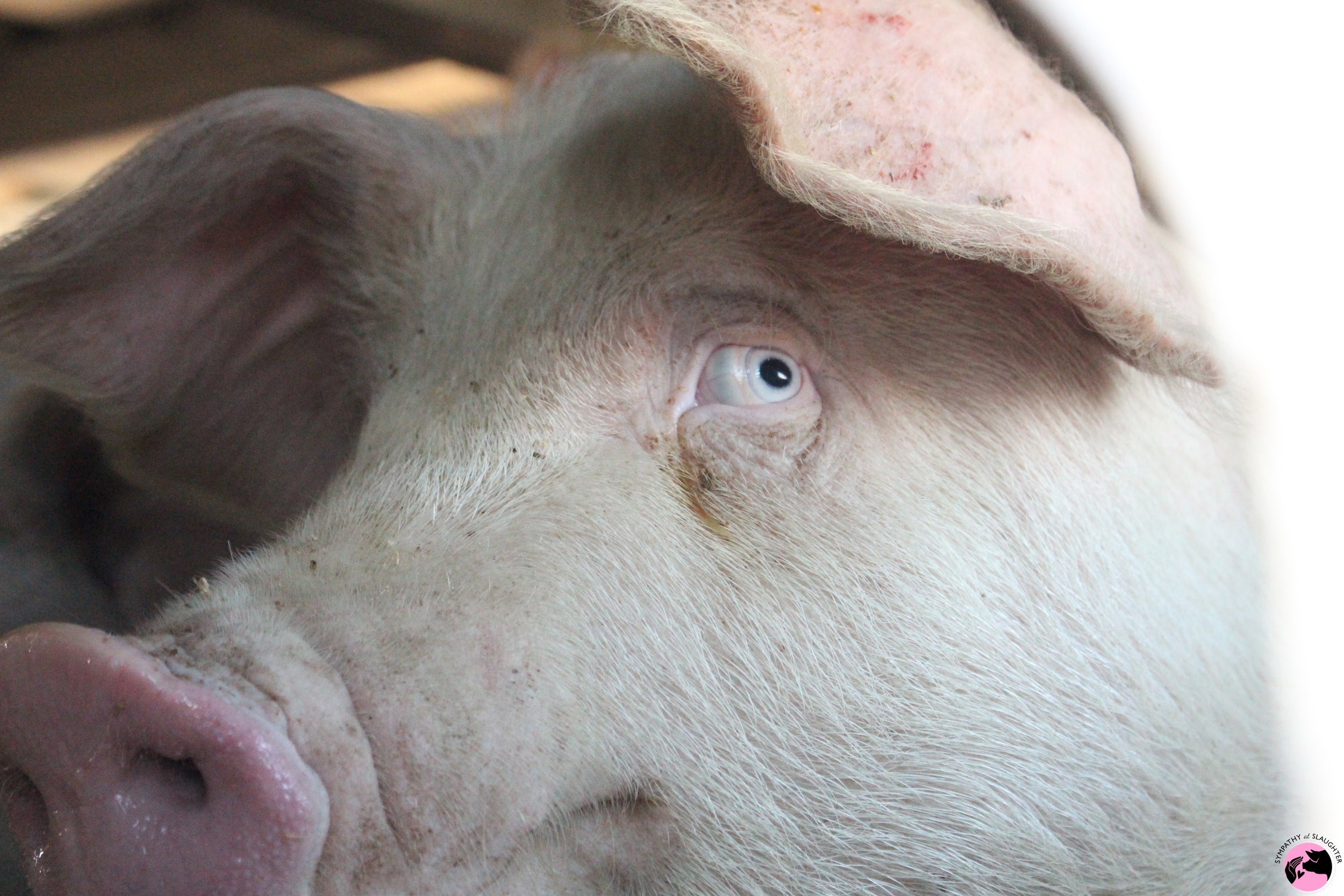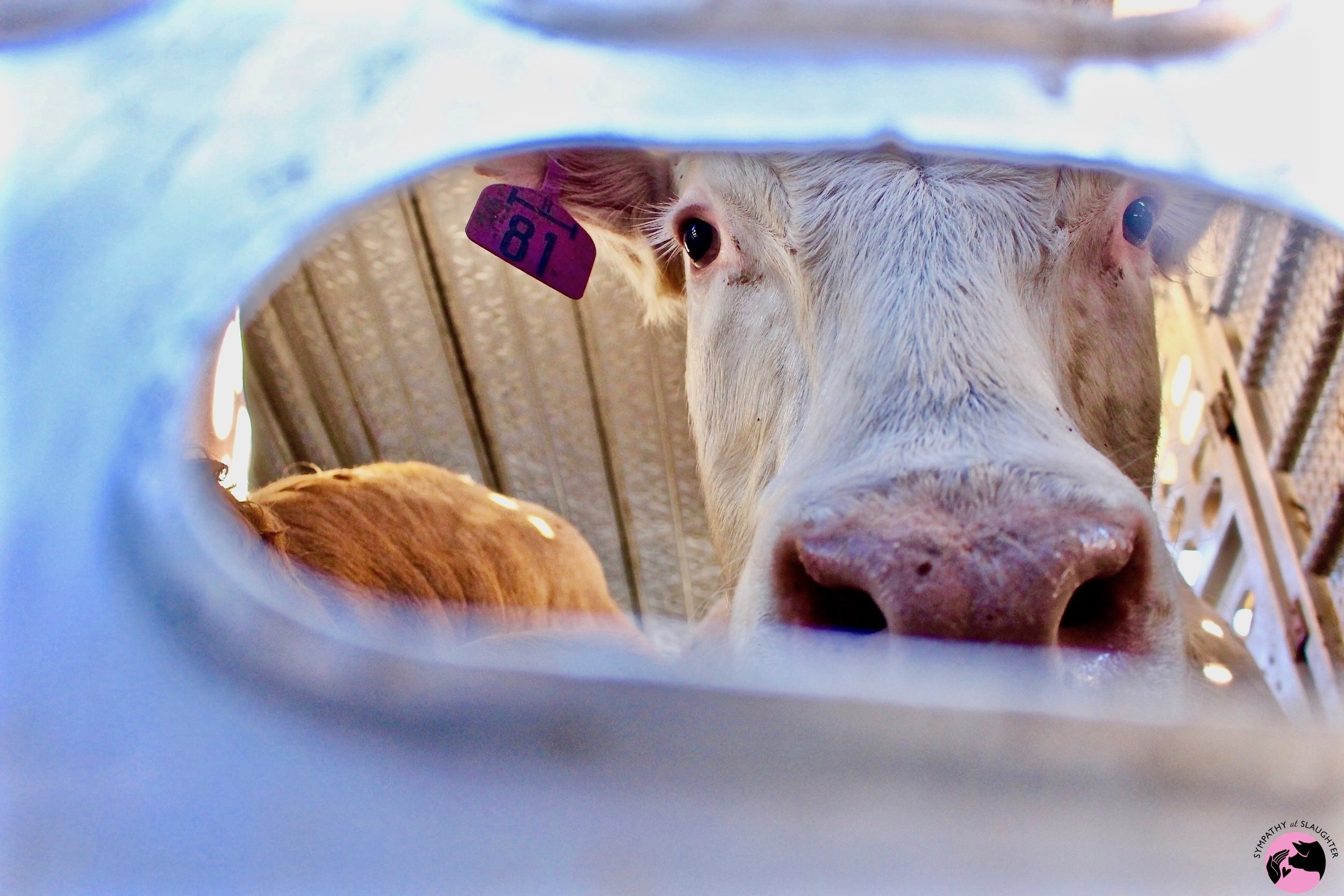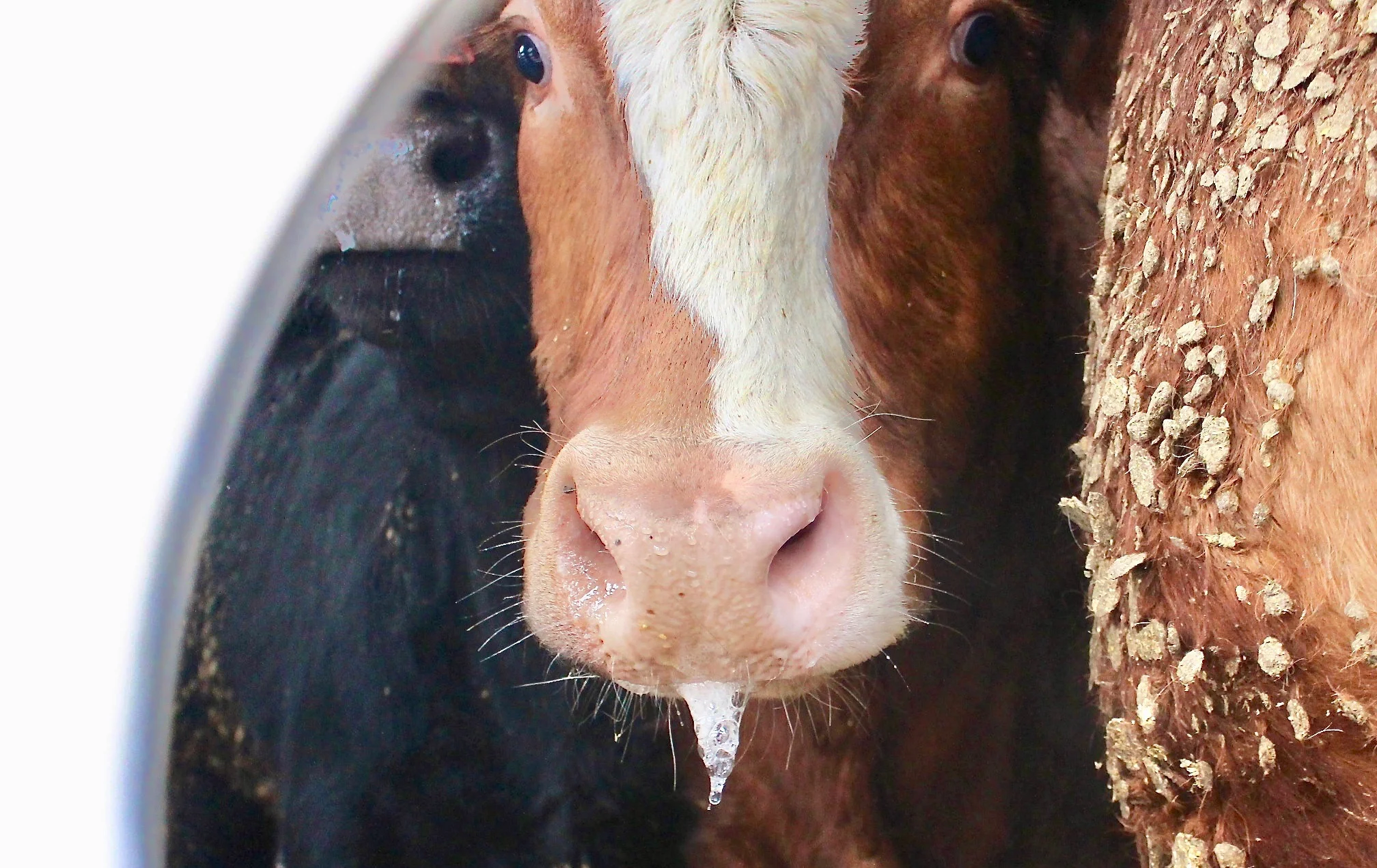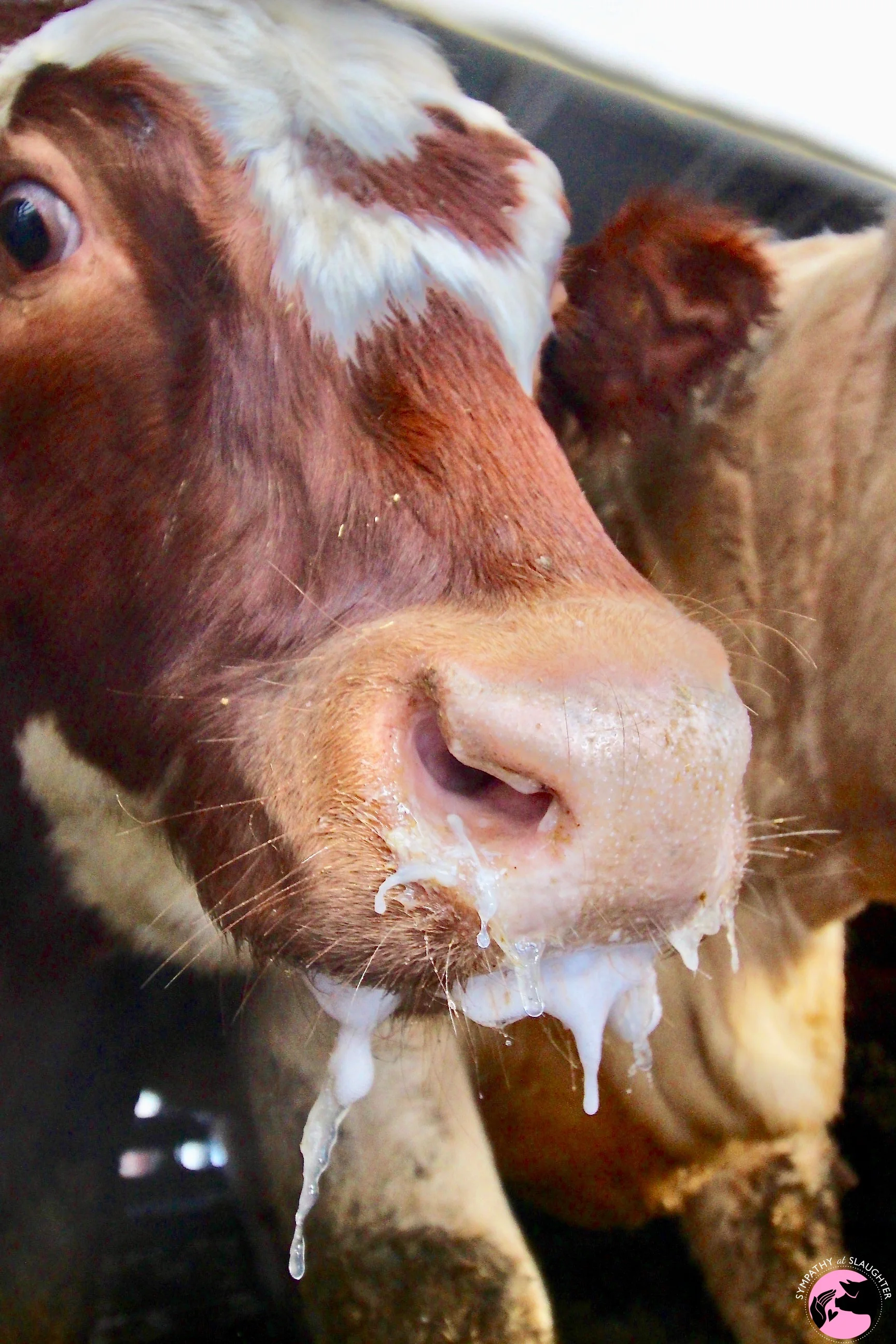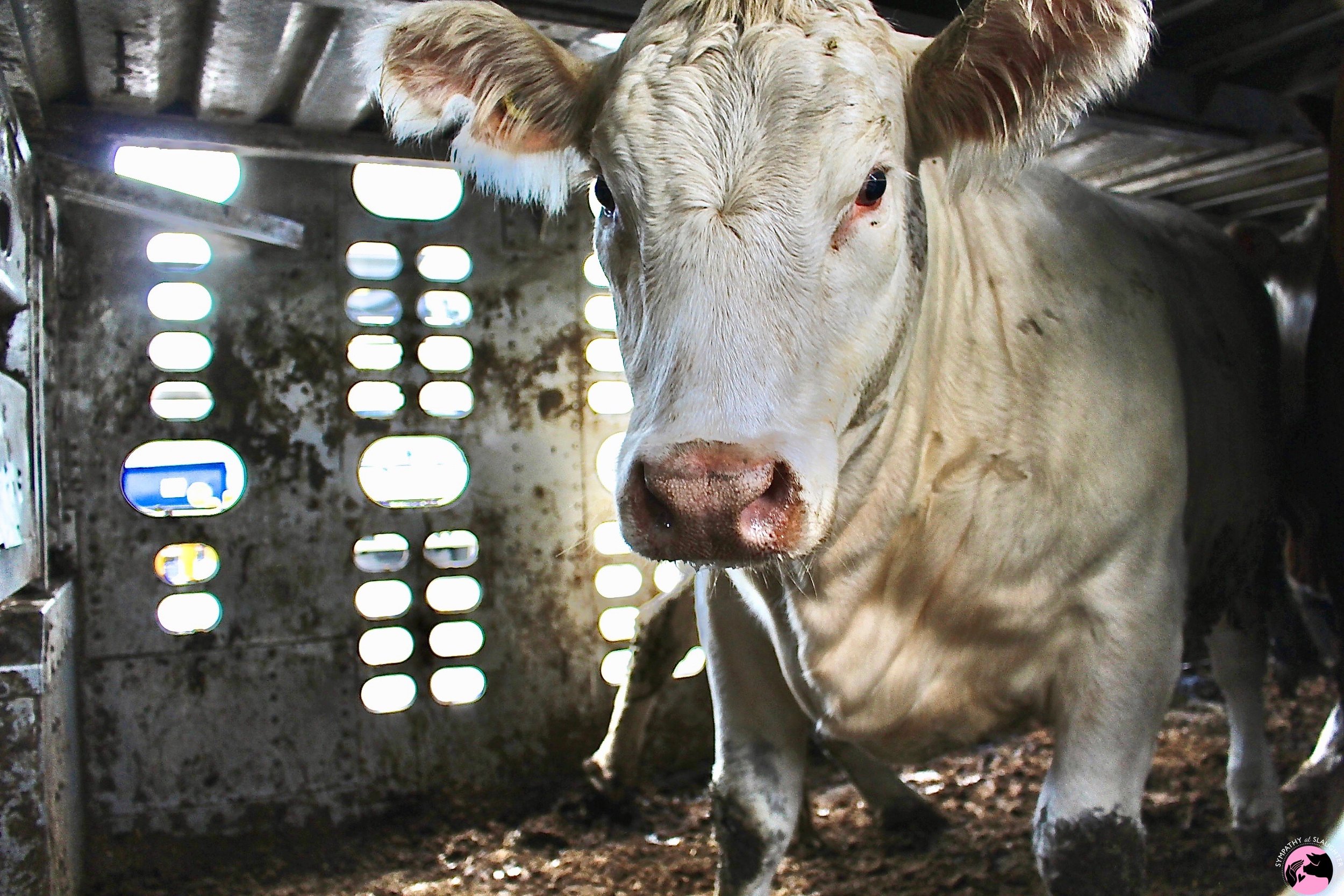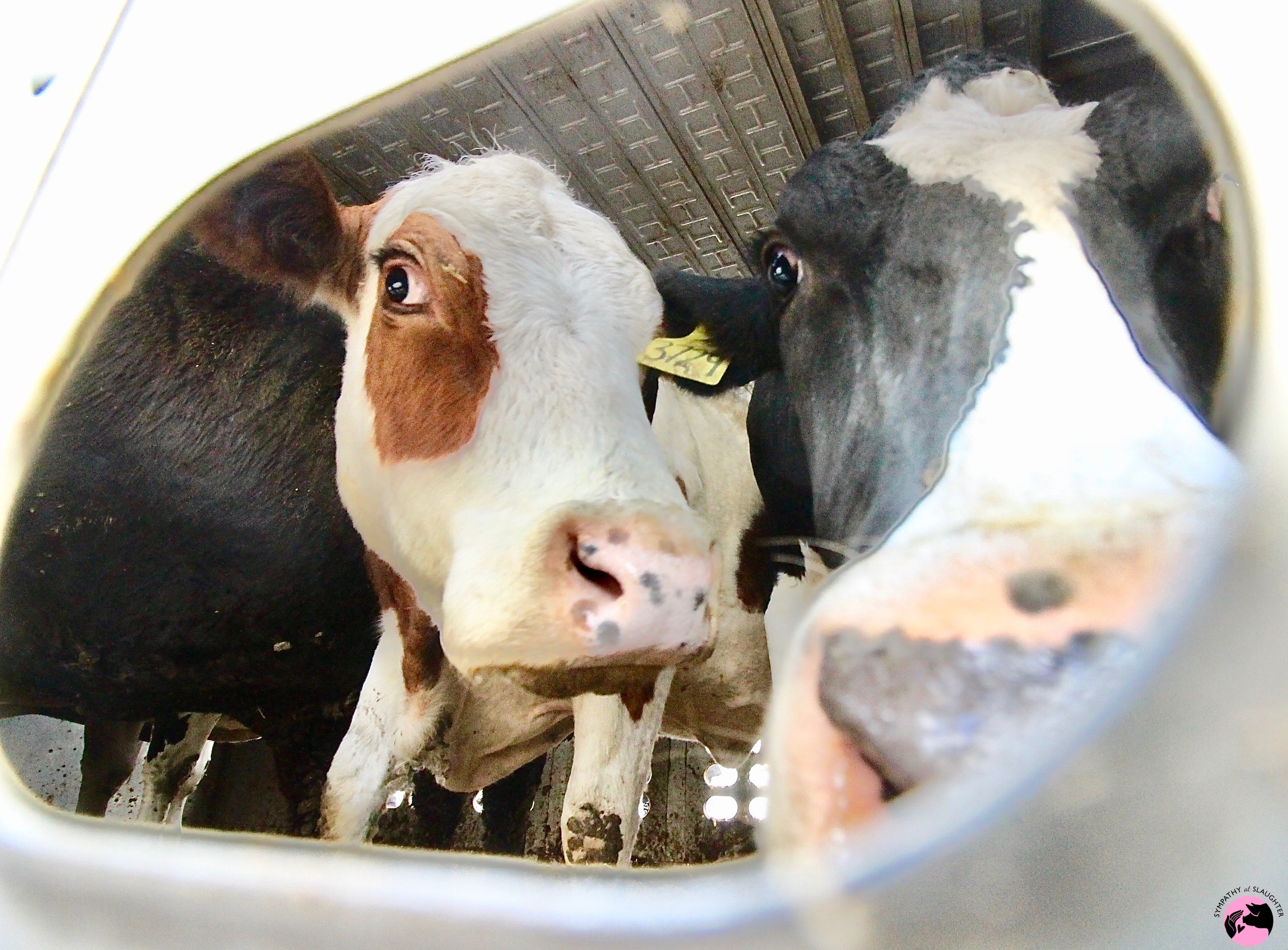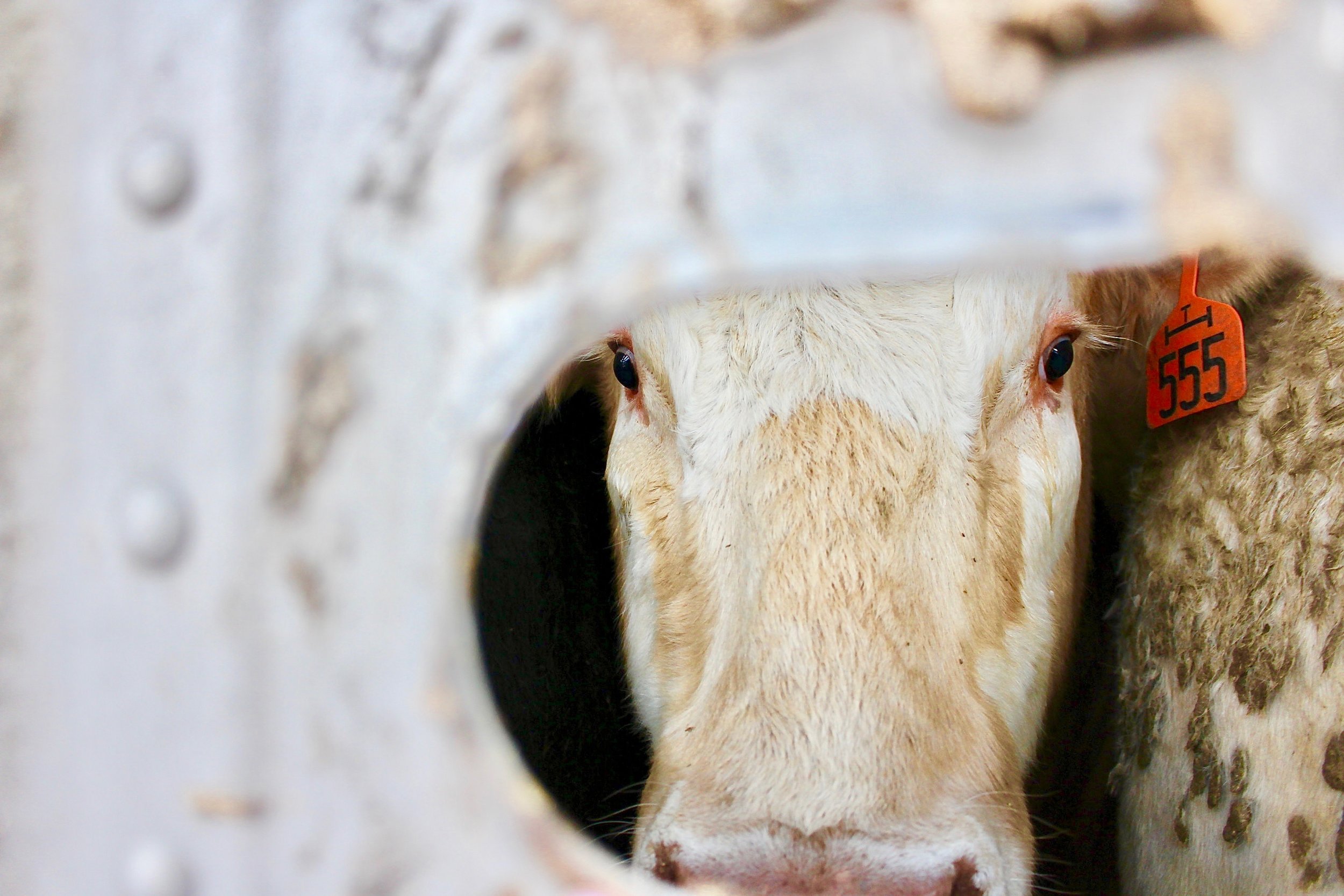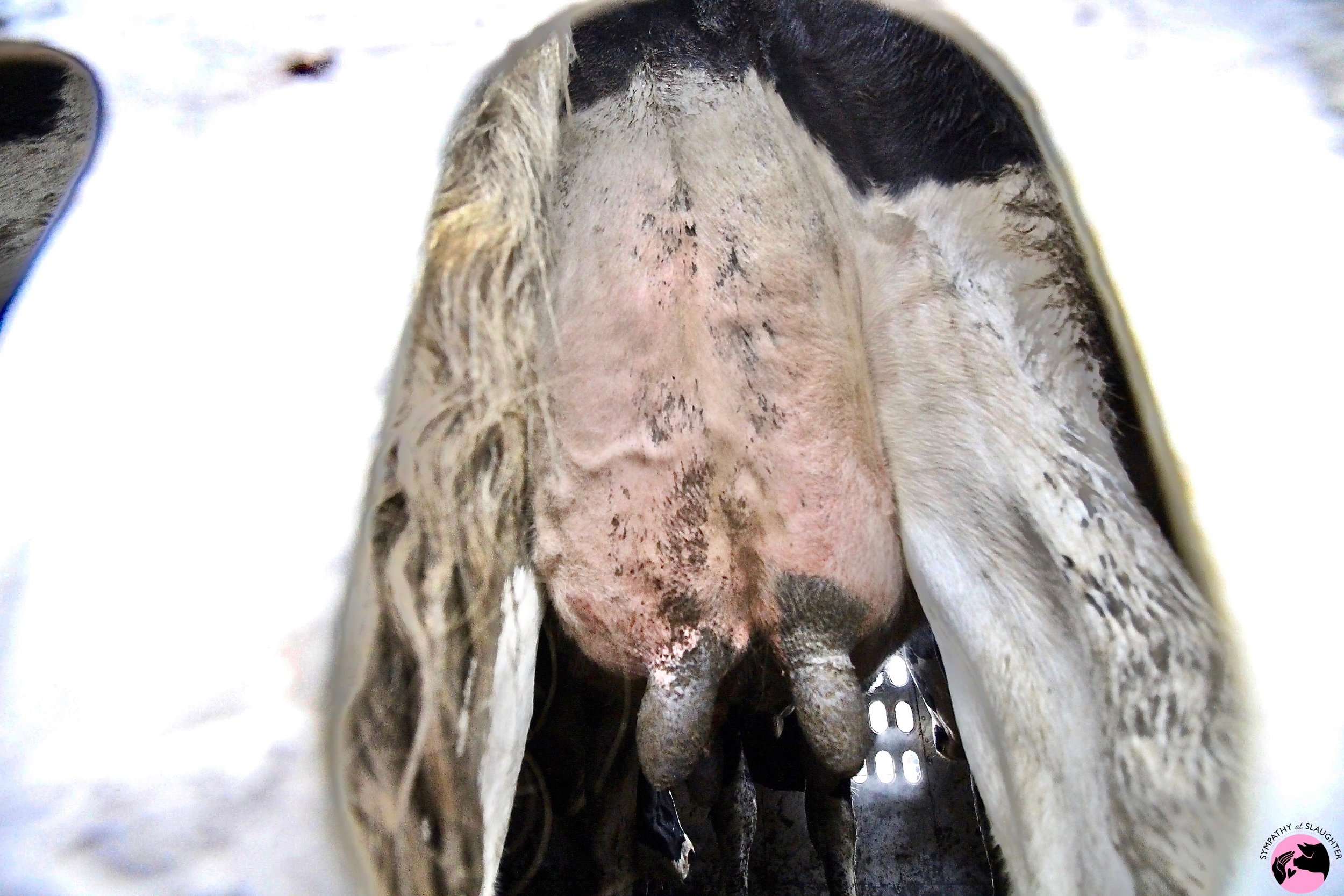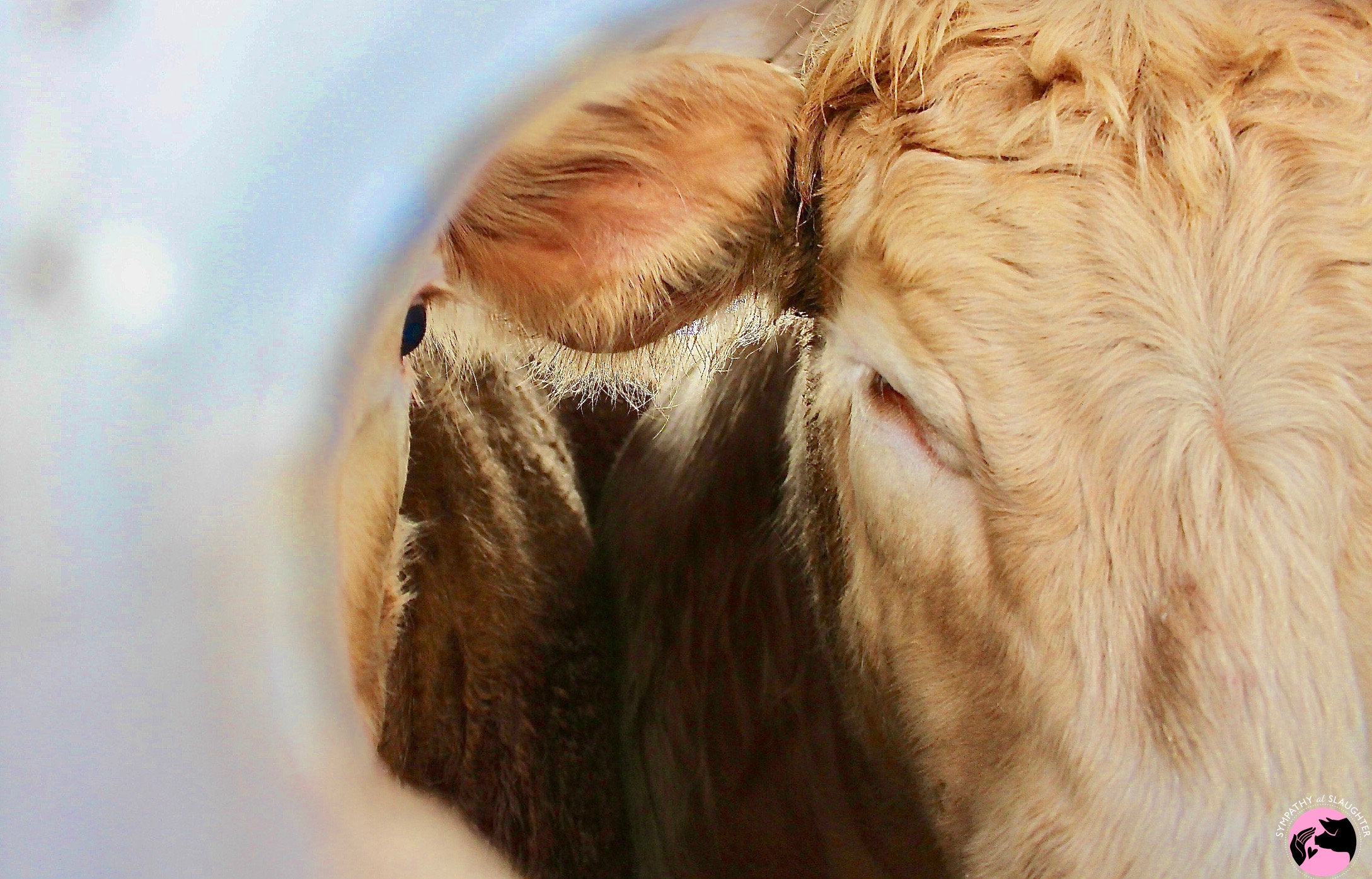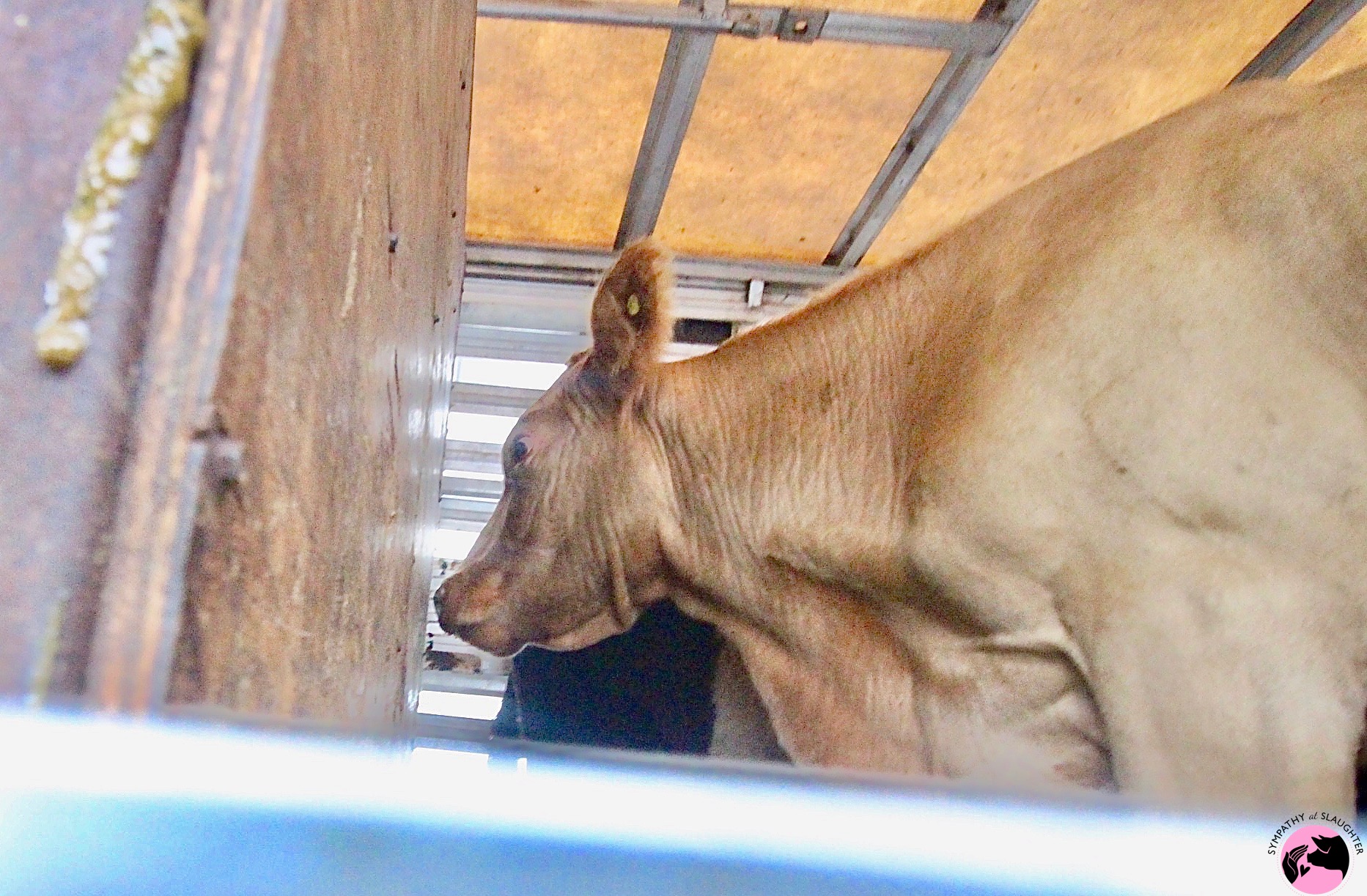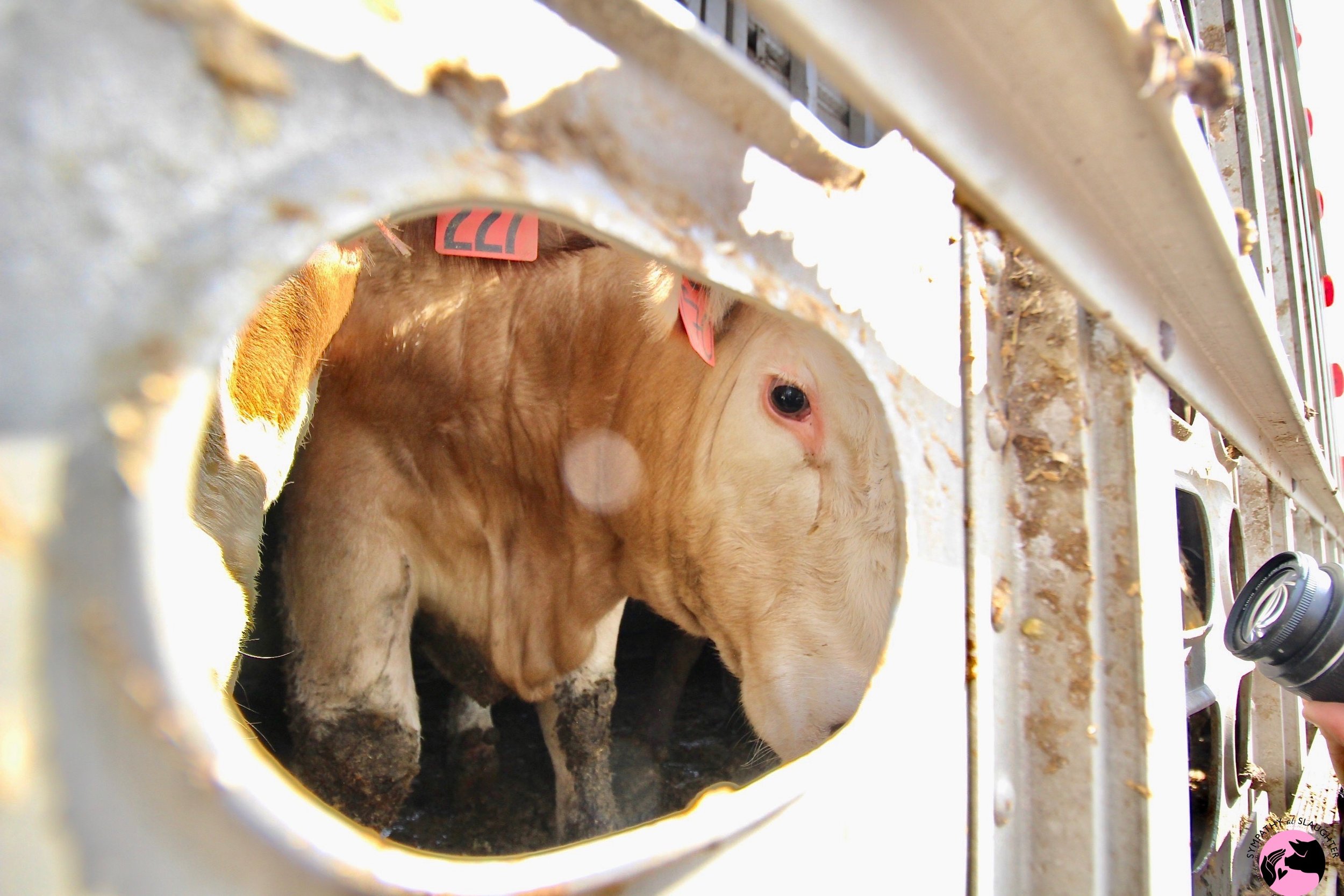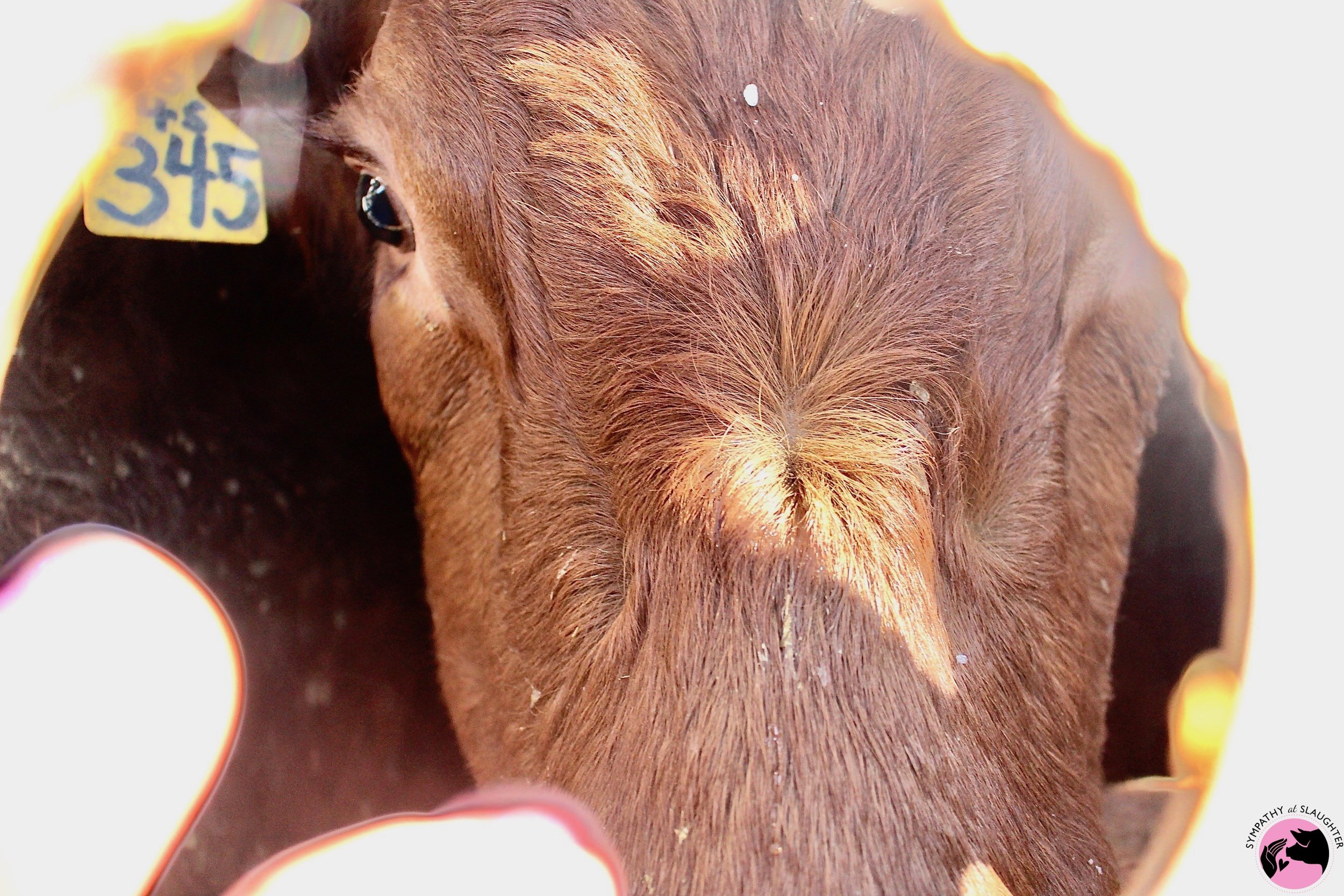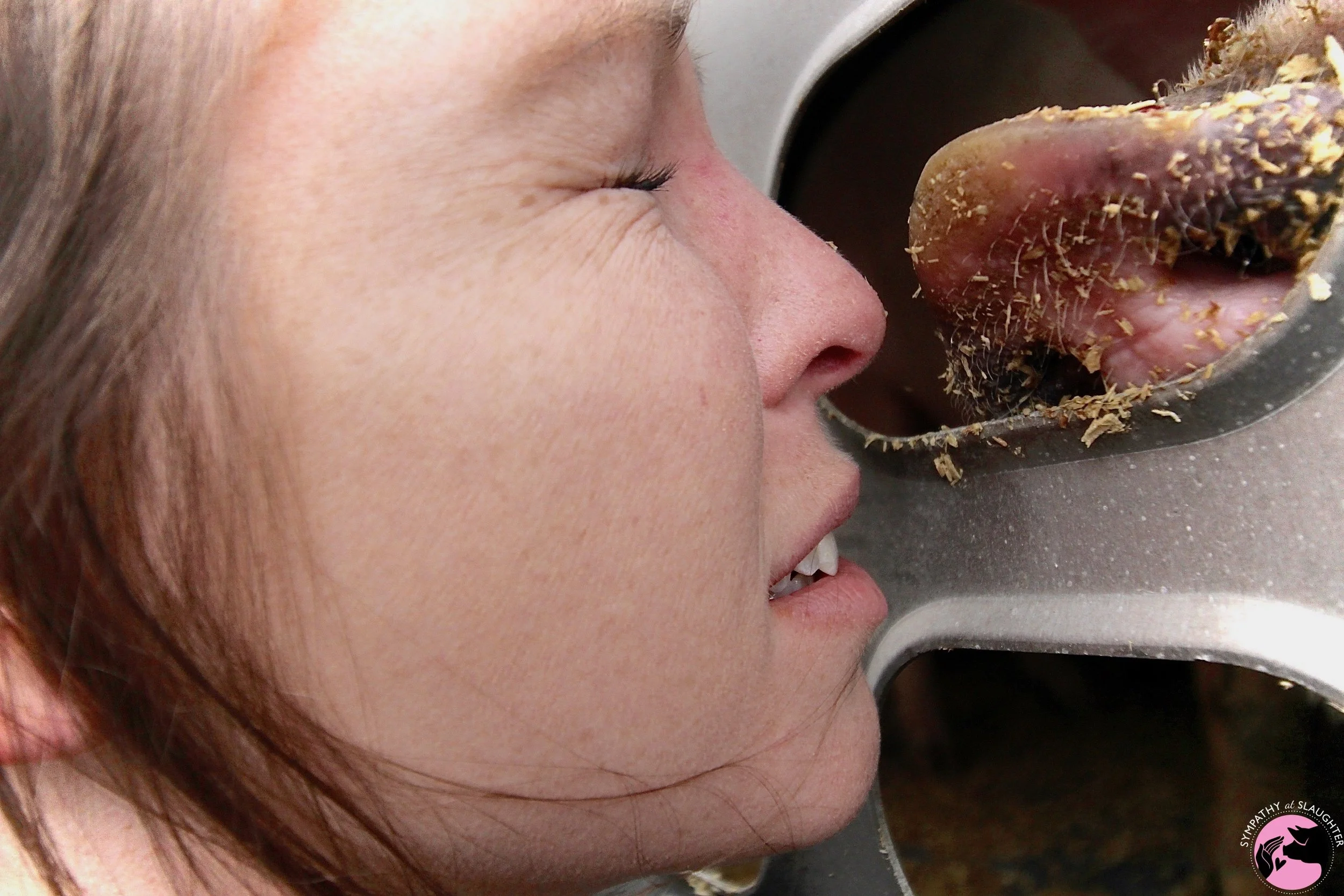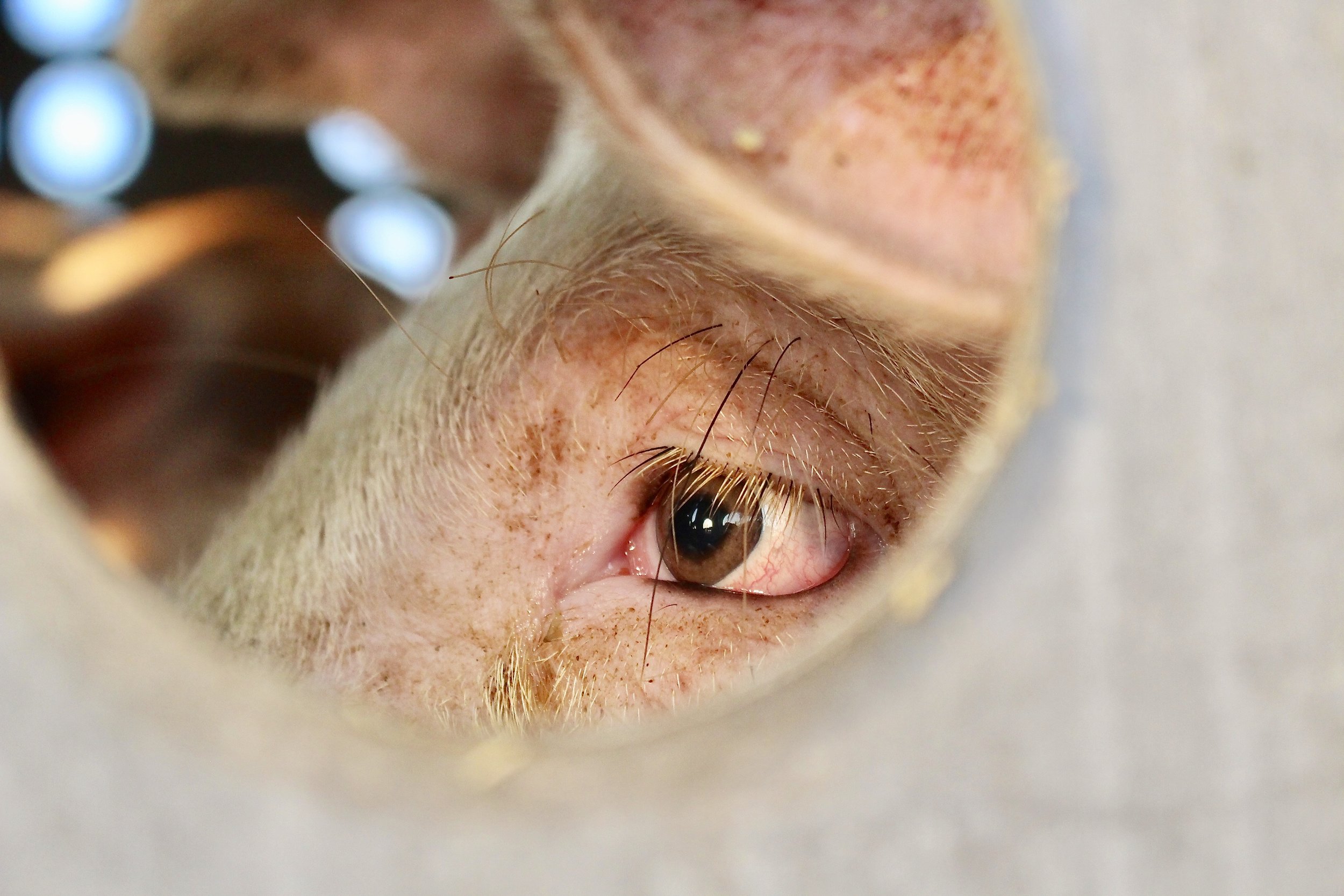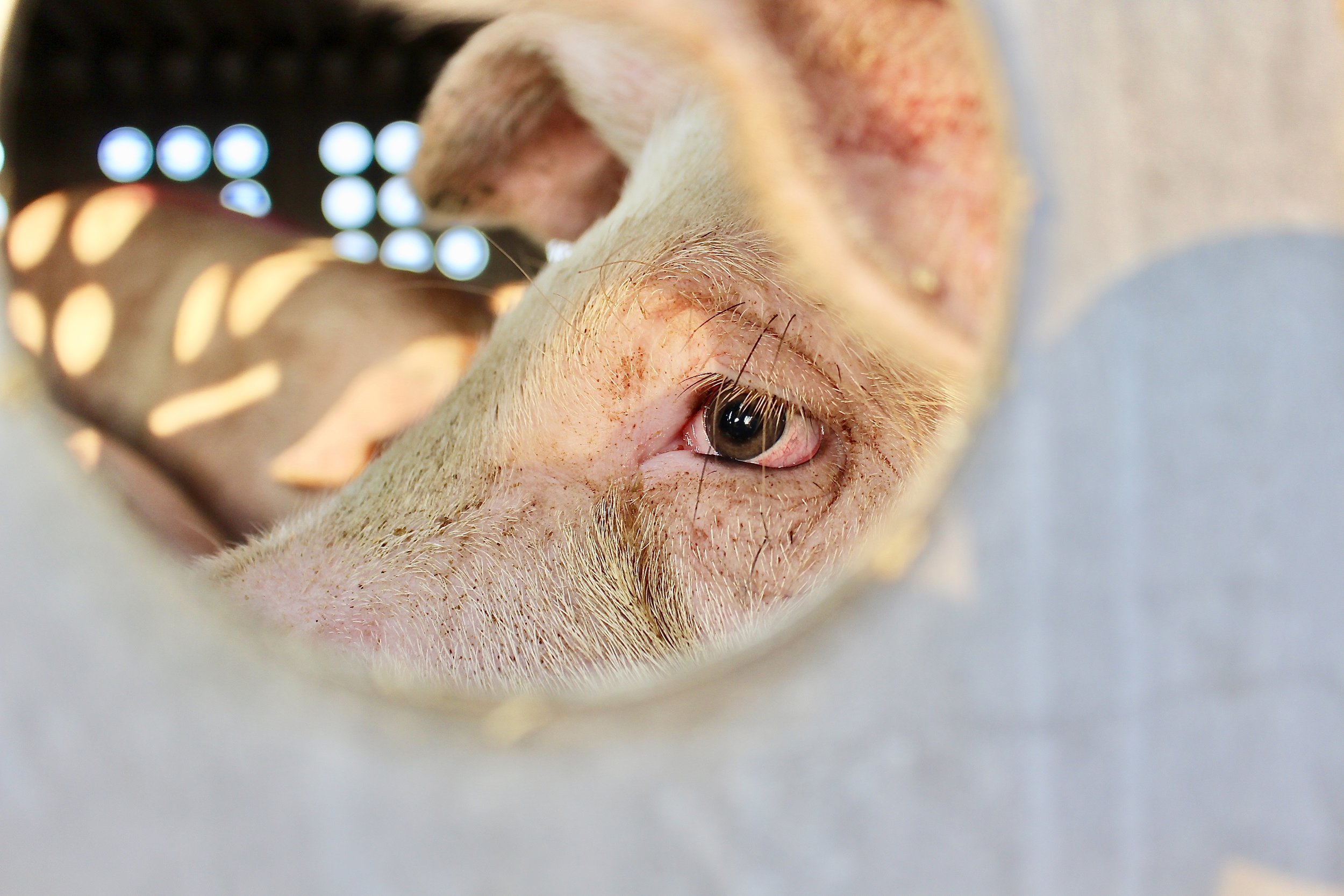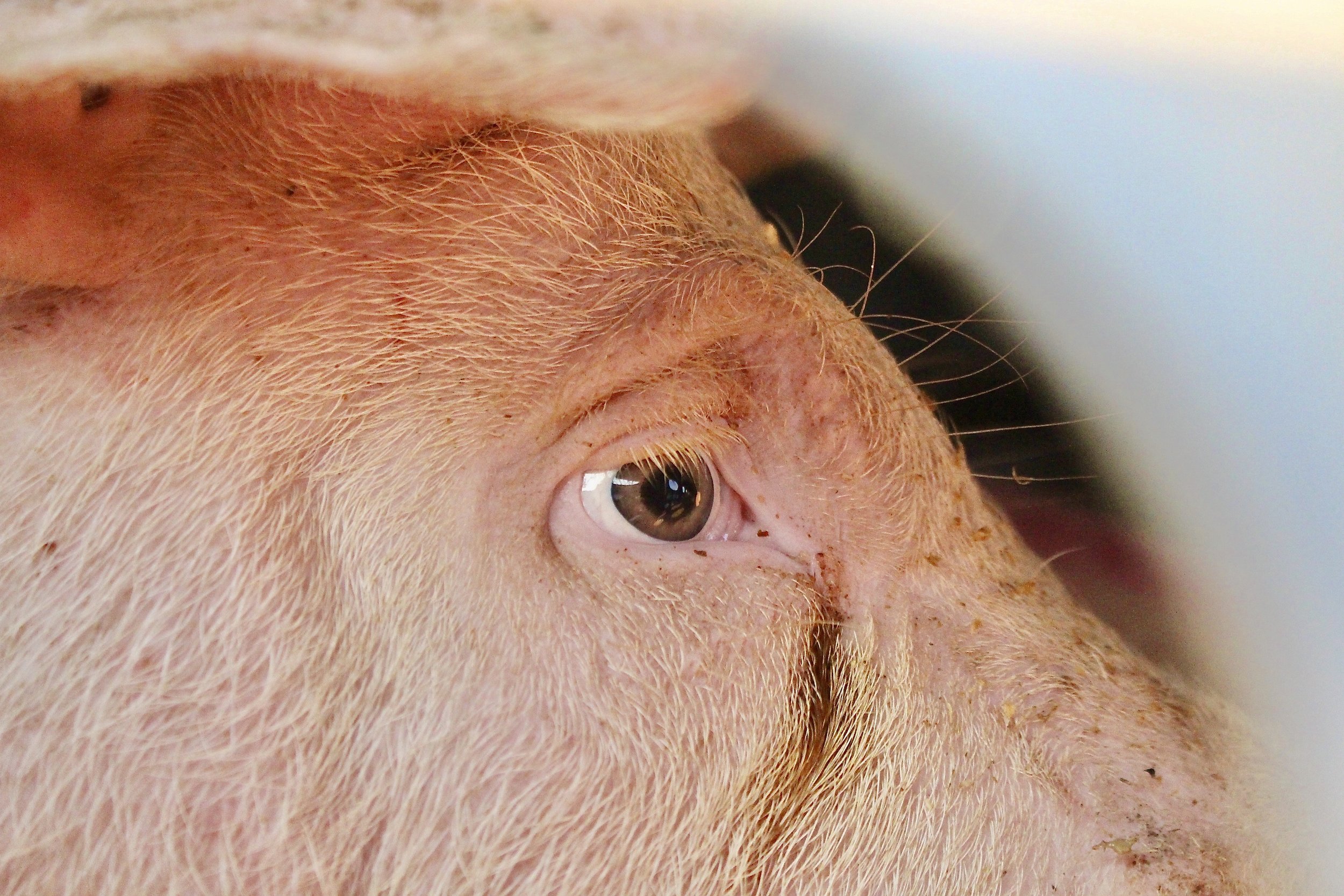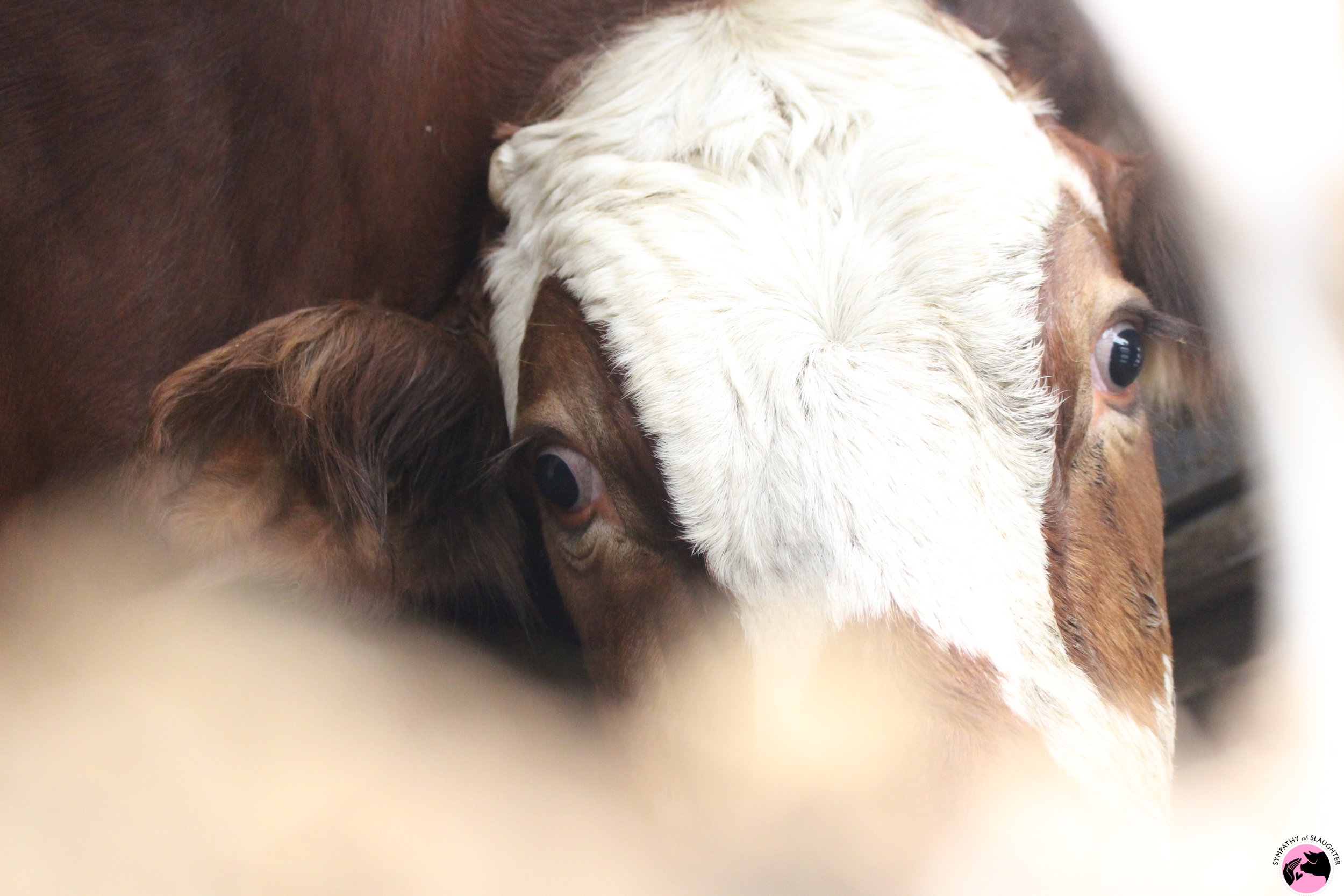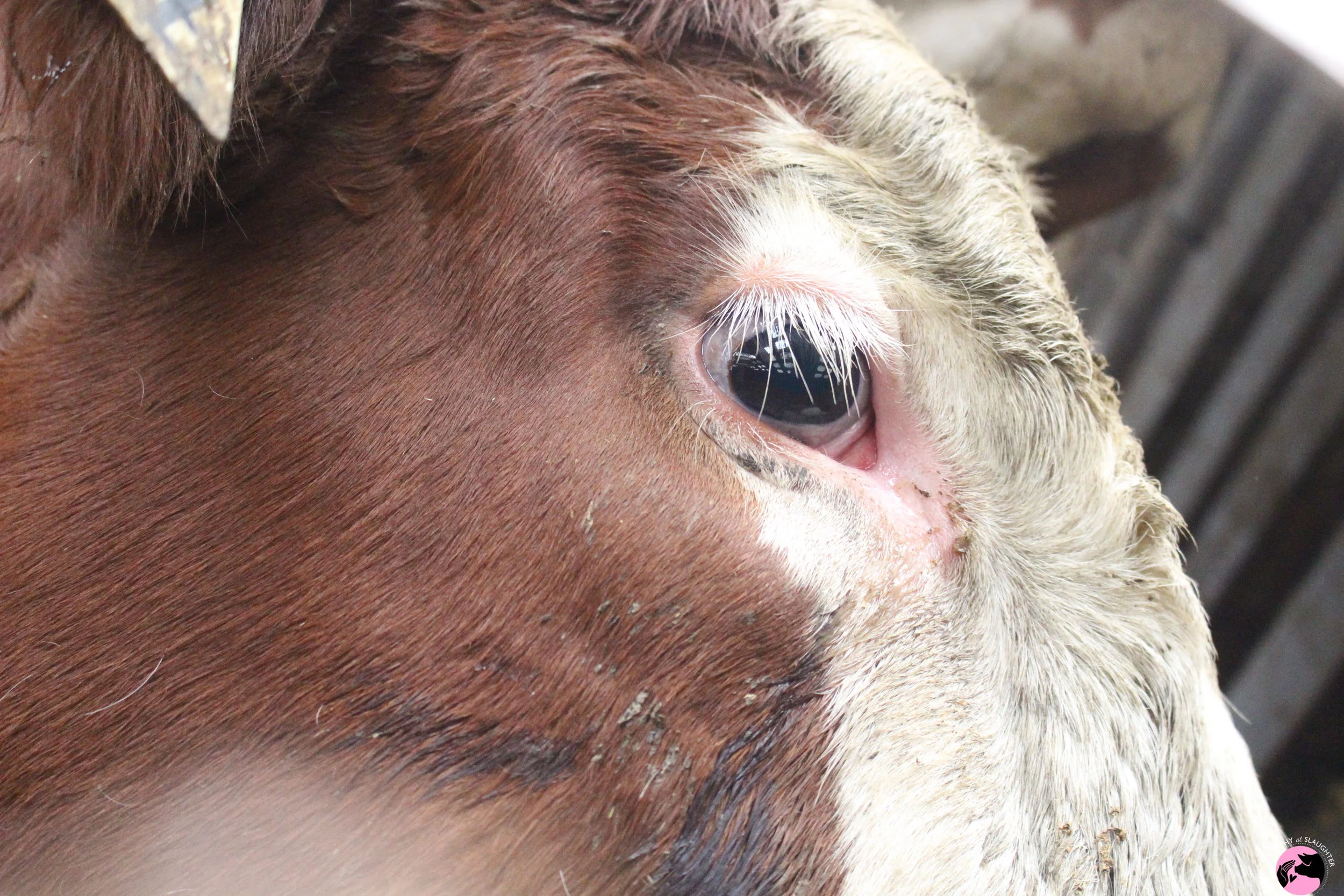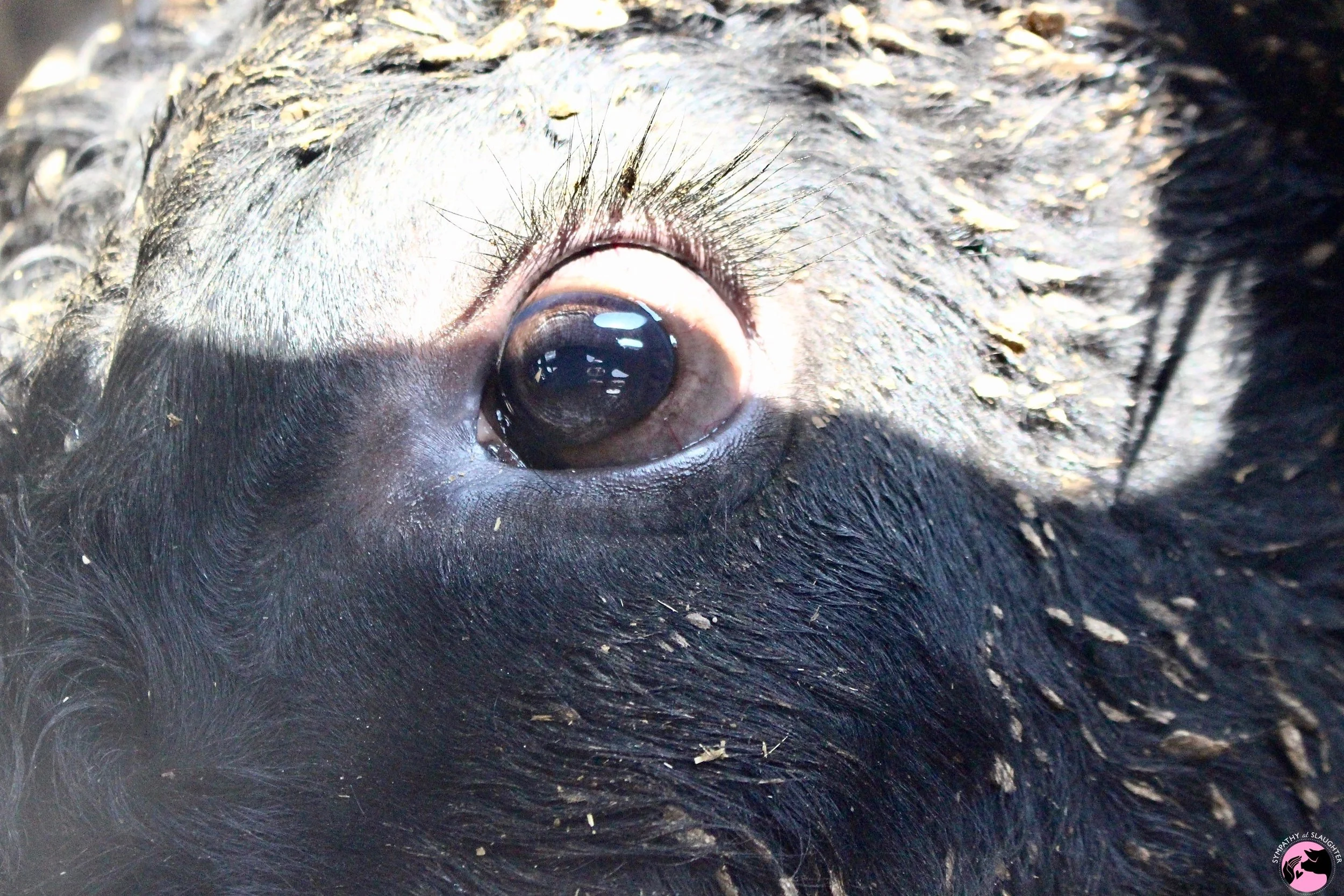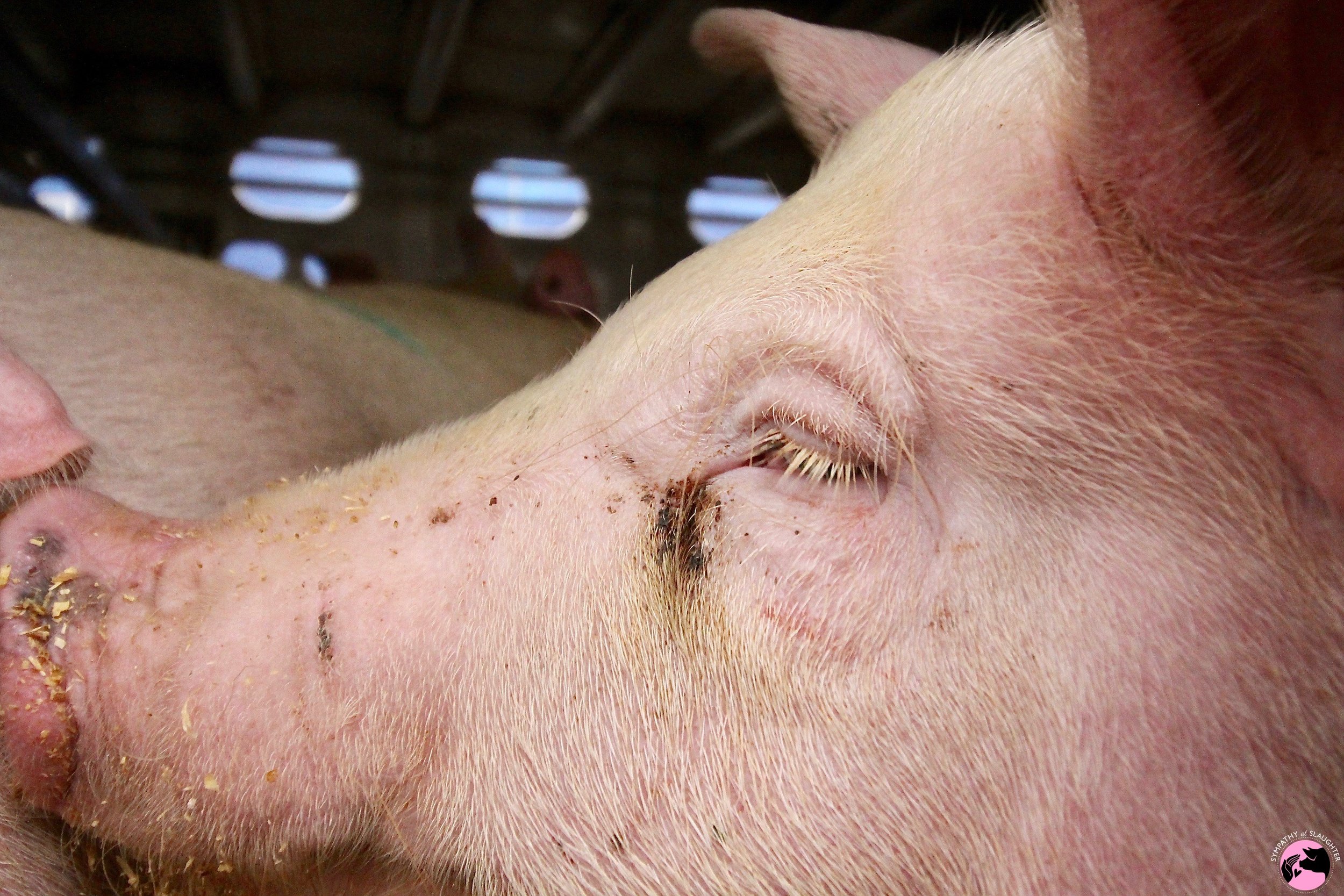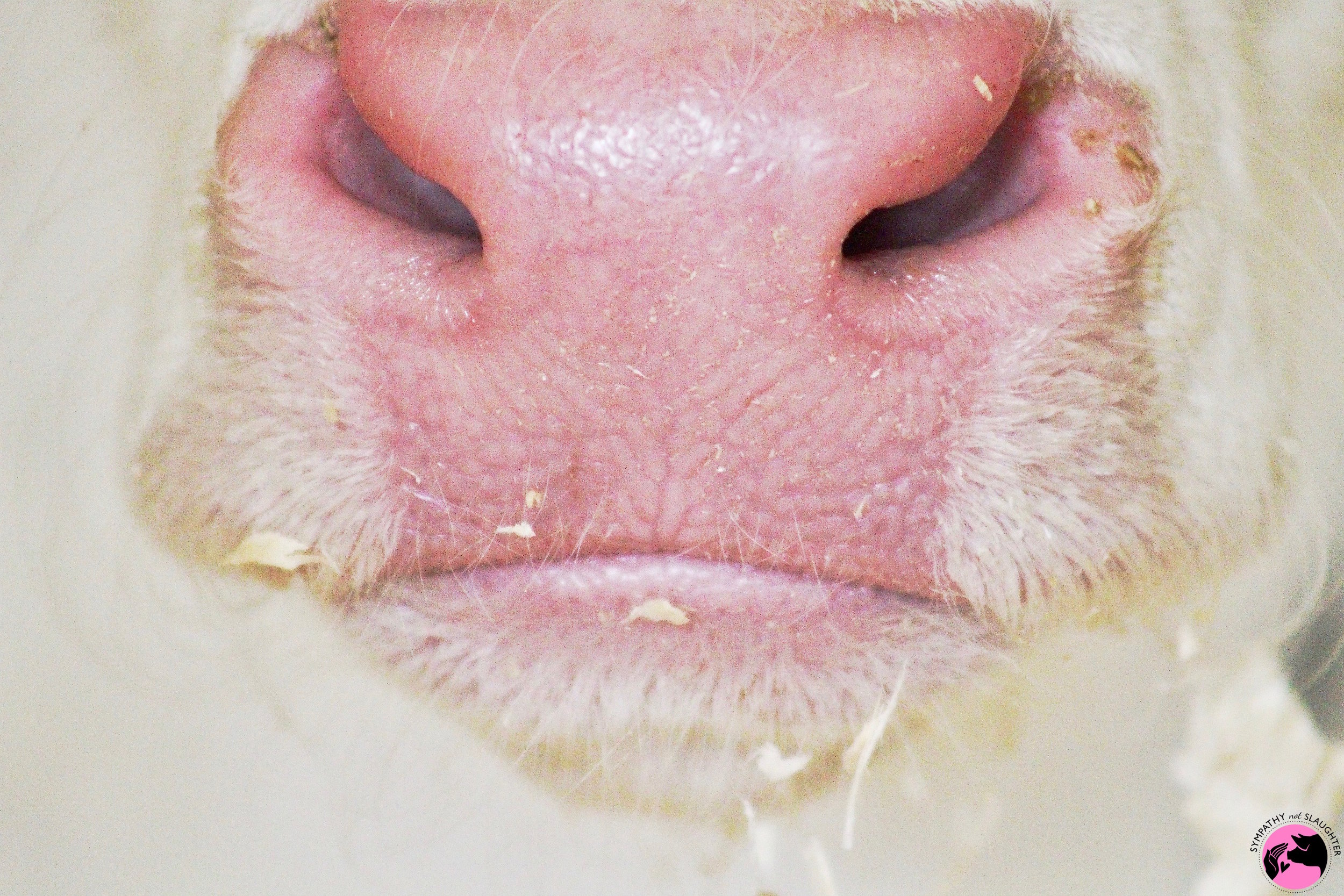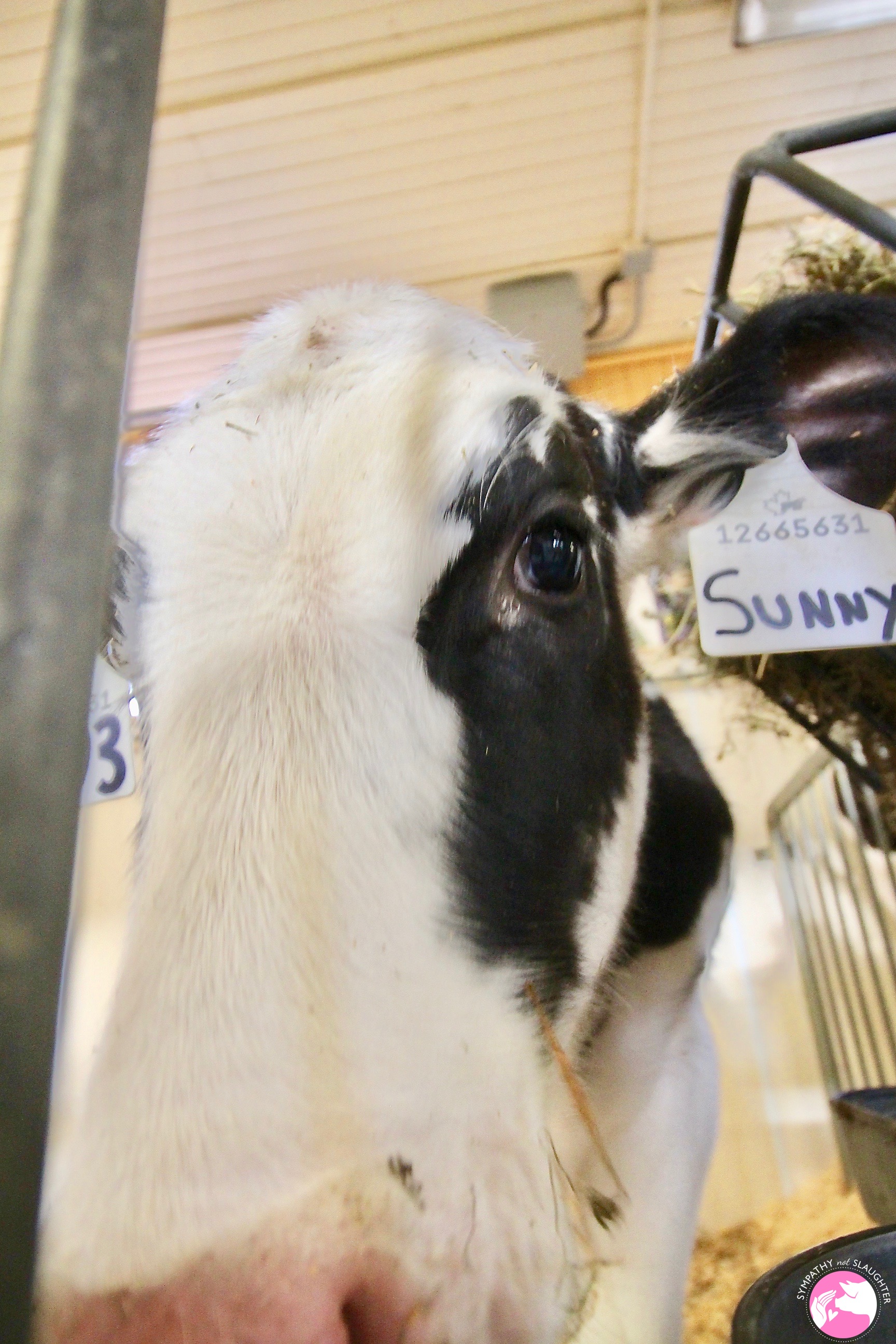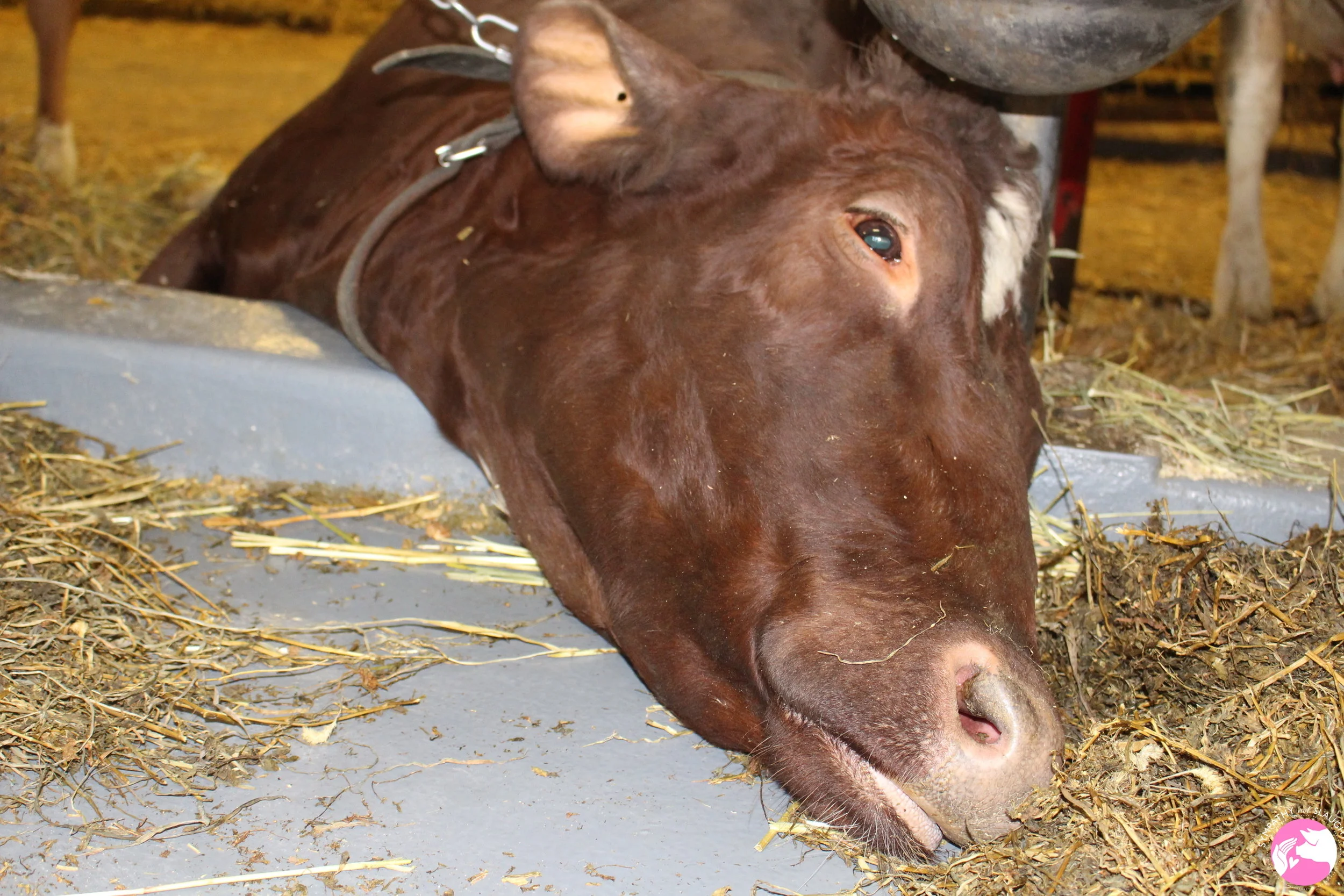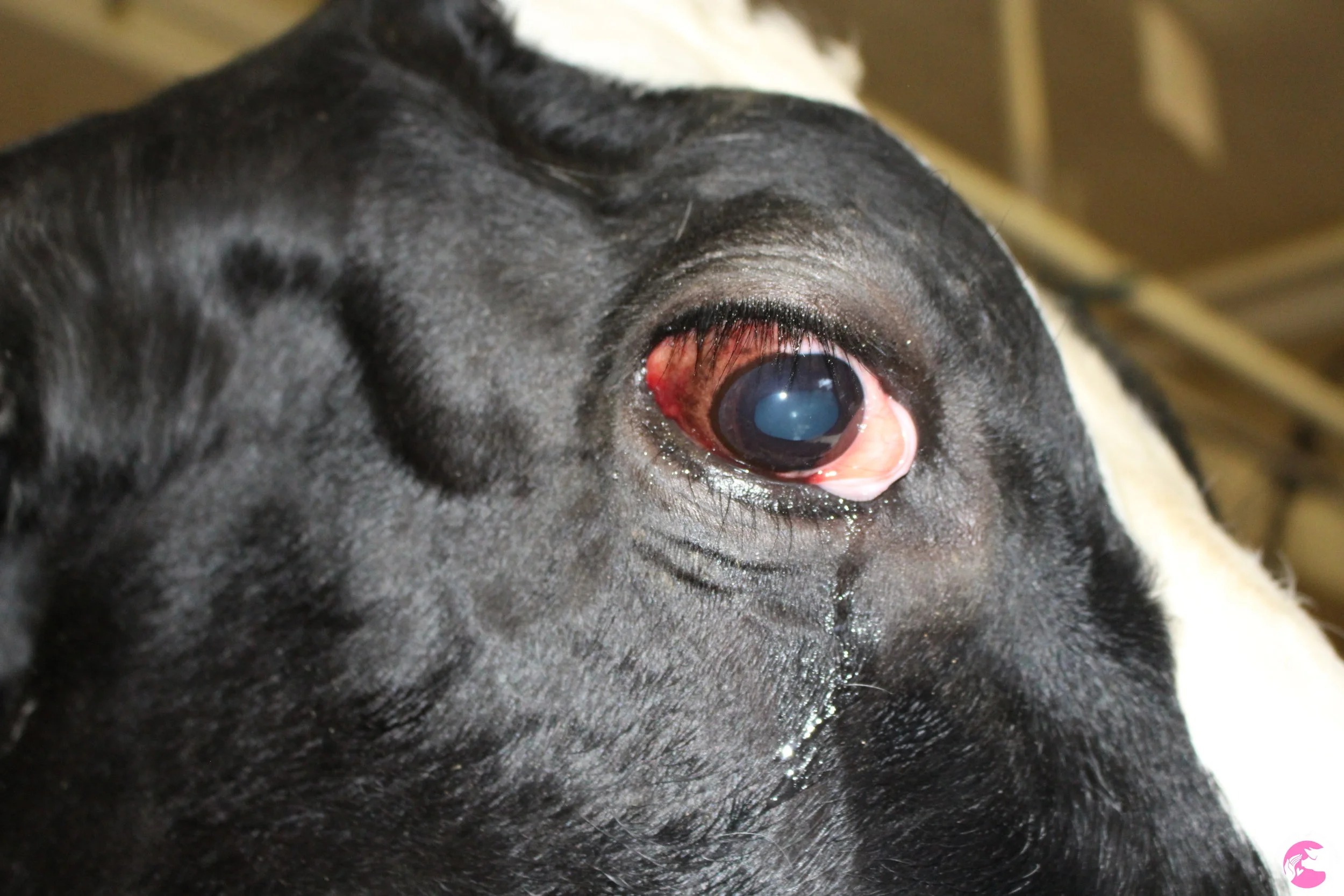Sharing photos or non-graphic footage of animals trapped in slaughter trucks can be a powerful tool for raising awareness and inspiring action for animal welfare. While it's important to approach these sensitive issues with compassion and respect for both the animals and the audience, there are several key benefits to this form of activism:
1. Humanizing the Issue
Images or footage of animals in distress often evoke an emotional response. They can help viewers see these animals as individuals, not just a part of an impersonal food system. This connection to the animal’s suffering can compel people to reconsider their habits and become more empathetic toward animals used for food production.
2. Raising Awareness
Many people are unaware of the conditions animals endure on their way to slaughter. These images can reveal the hidden realities of factory farming, transport, and slaughter processes that are often out of sight, sparking curiosity and encouraging people to learn more about the food they consume.
3. Encouraging Empathy
Non-graphic photos or videos that show animals in vulnerable or stressed situations, without explicit violence, can still convey the emotional pain and distress that animals experience. This empathy can be a motivating factor in pushing for changes in laws, regulations, and consumer behavior.
4. Non-Violent Activism
Unlike more graphic content, non-violent images or footage avoid desensitizing the audience to animal suffering, which can happen when the content is too disturbing. Instead, these softer forms of media convey a message of compassion, encouraging change without overwhelming the viewer with shock value.
5. Creating a Call for Action
Emotional images can inspire people to take action, whether it's signing petitions, donating to animal rights organizations, or making lifestyle changes like adopting a plant-based diet. When viewers feel emotionally moved by the plight of these animals, they may be more likely to advocate for better treatment and support reforms in the industry.
6. Spreading Virally for Greater Reach
Photos, especially ones that capture the suffering or desperation of animals, have a higher likelihood of being shared on social media. This broadens the message, reaching individuals who may not have previously thought about the ethical implications of factory farming and animal slaughter.
7. Challenging the Status Quo
By sharing these images, activists challenge the normalized practices of industrial farming. The visual impact can make people question the ethics behind their food choices and push for systemic change in how animals are treated, transported, and slaughtered.
8. Providing a Platform for Animals' Voices
Often, the voices of animals are silenced, and their suffering goes unnoticed. By sharing these photos or videos, you're giving a platform to those who cannot speak for themselves, showing the world that their lives matter and should be treated with dignity and respect.
9. Sparking Broader Conversations
Photos of animals trapped in slaughter trucks can serve as a conversation starter in communities, online forums, and social media groups. These conversations can lead to deeper discussions about food systems, animal rights, environmental impact, and sustainability, ultimately fostering a more informed and compassionate society.
10. Encouraging Legislative Change
Public outcry generated by emotional imagery can prompt lawmakers to address issues related to animal transport and welfare. For example, some countries and states have passed laws to regulate the treatment of animals during transport after public pressure brought attention to their suffering.
Ultimately, the goal of sharing such images is to inspire a shift in consciousness—a movement away from viewing animals as mere commodities toward recognizing them as sentient beings deserving of protection and respect. By showing the world the reality of animal transport and the suffering that exists behind closed doors, we take a step closer to meaningful change for animals everywhere
















